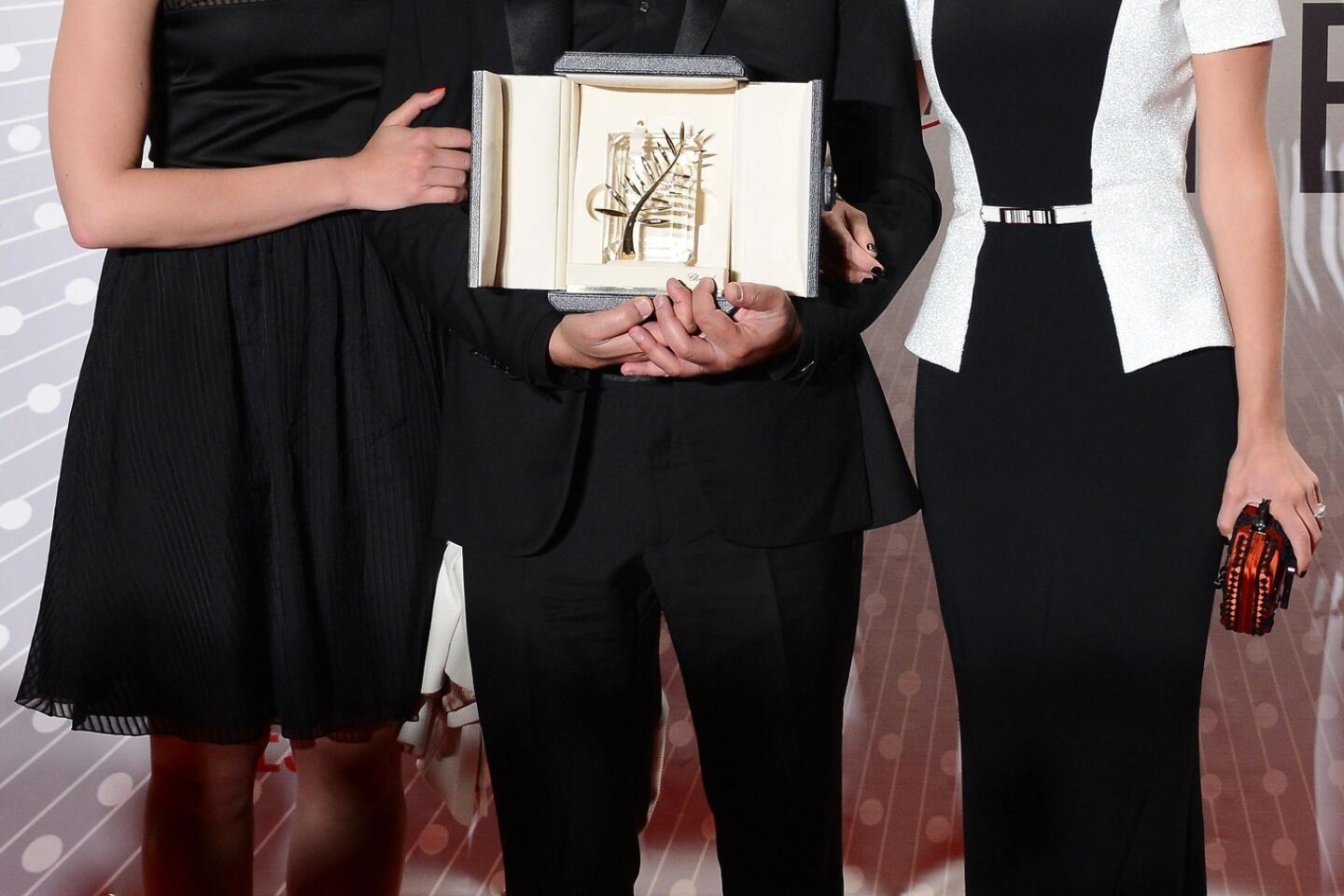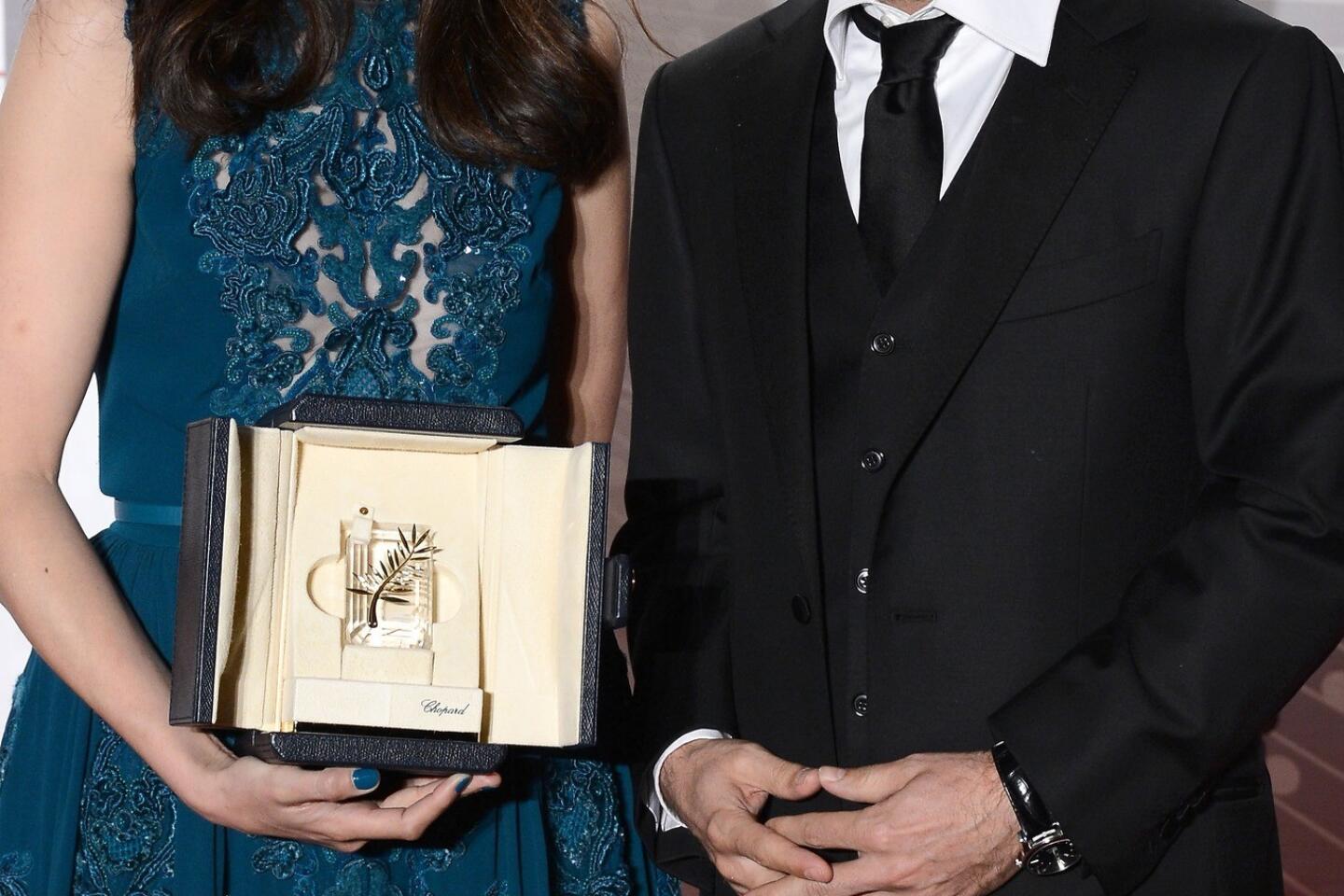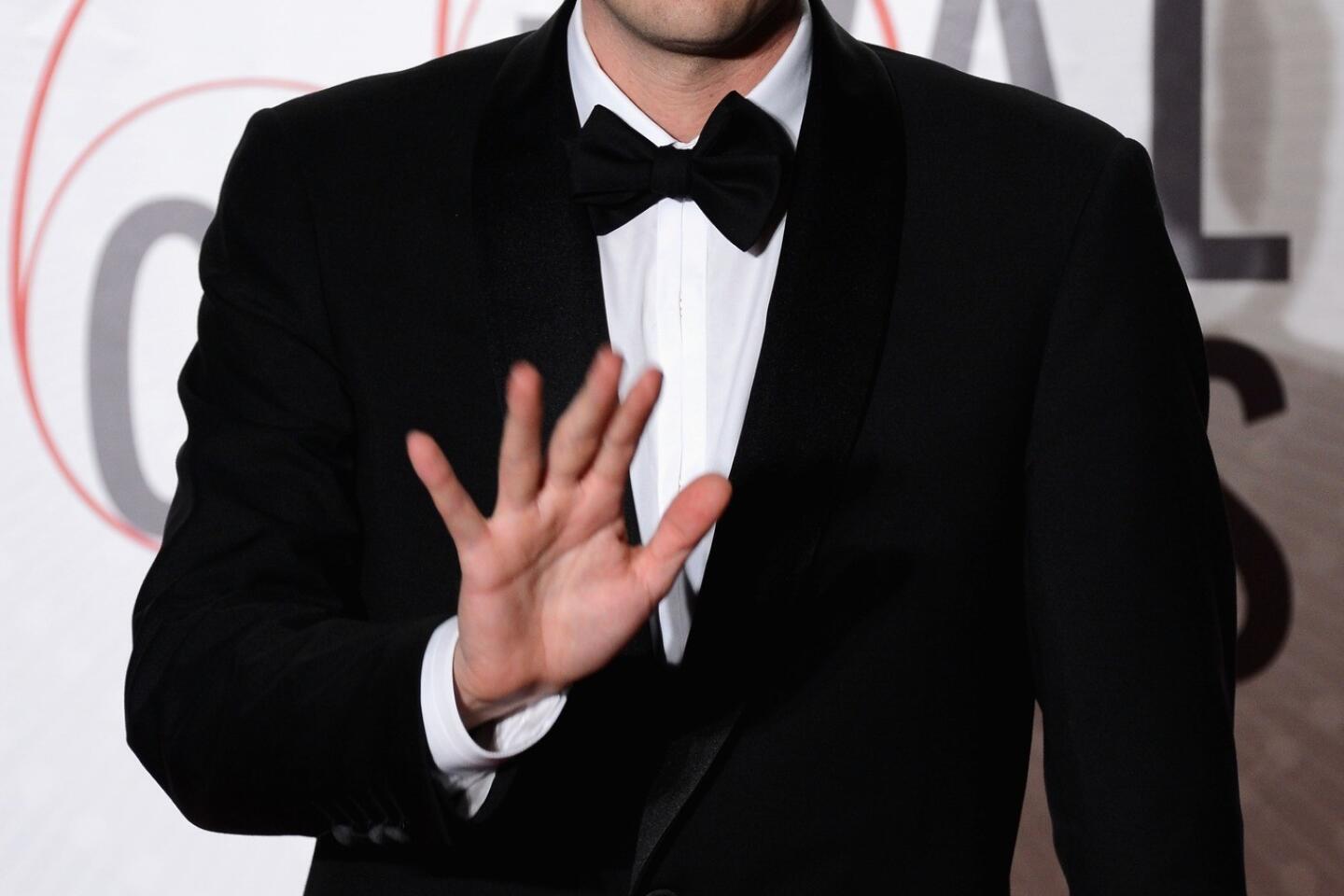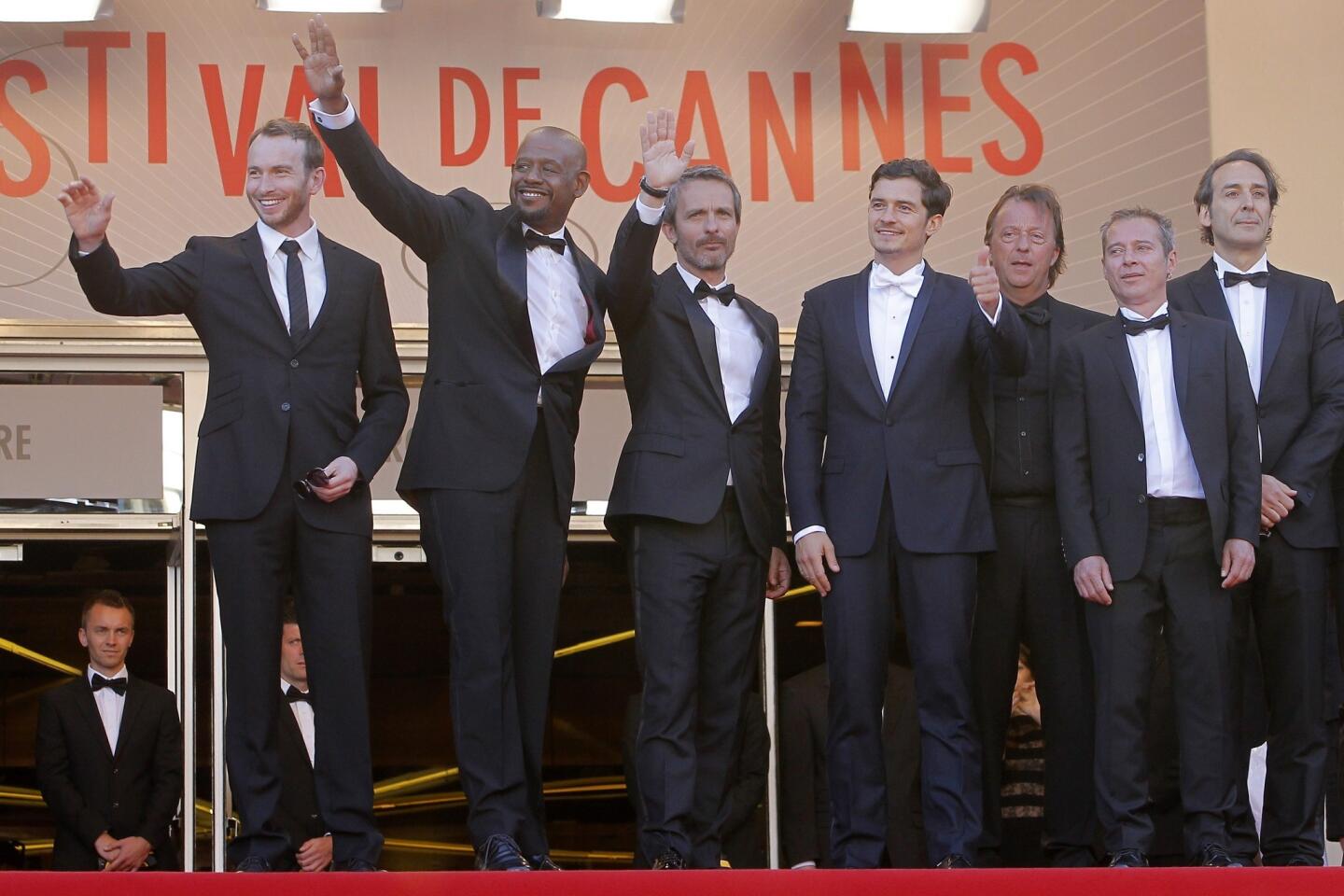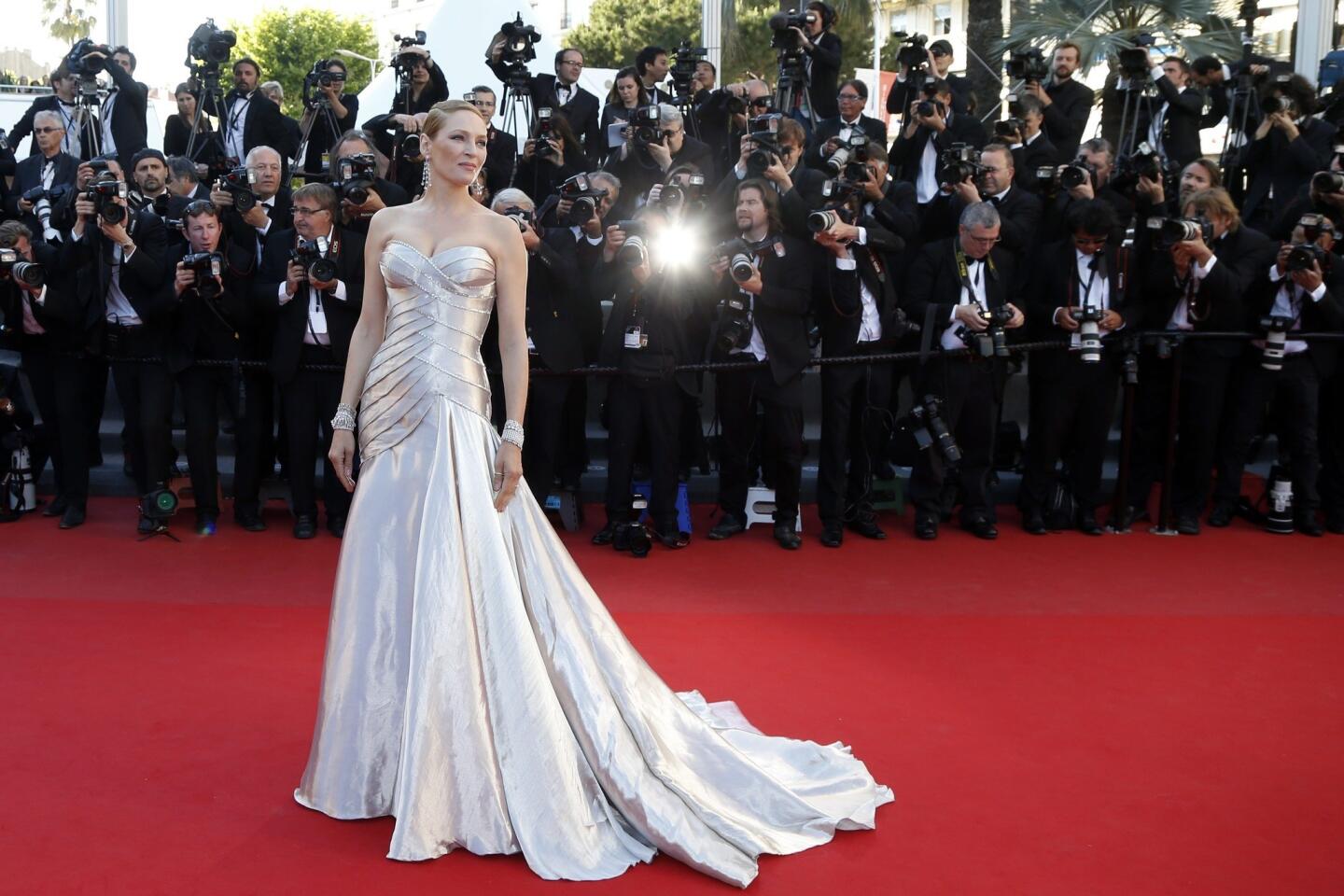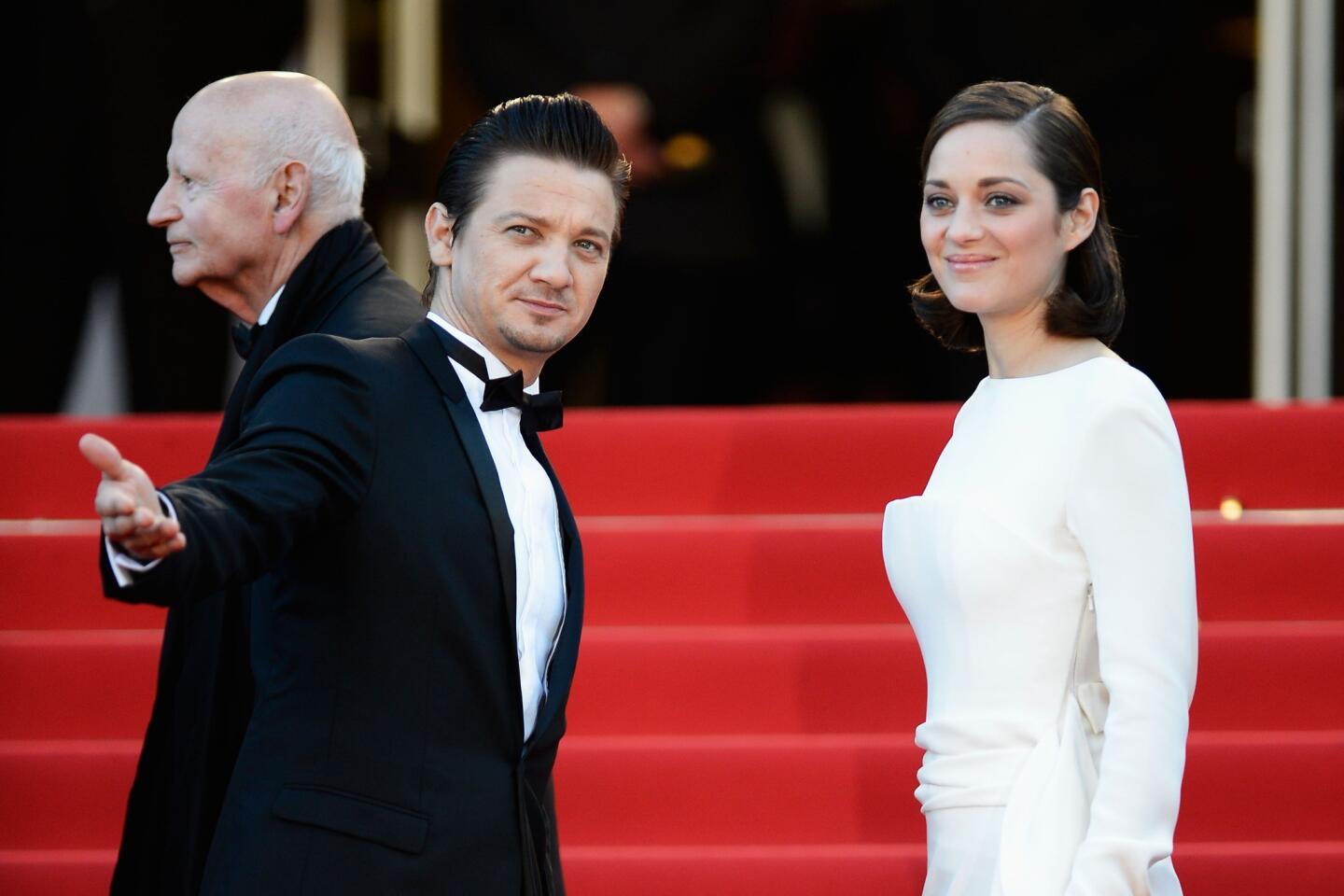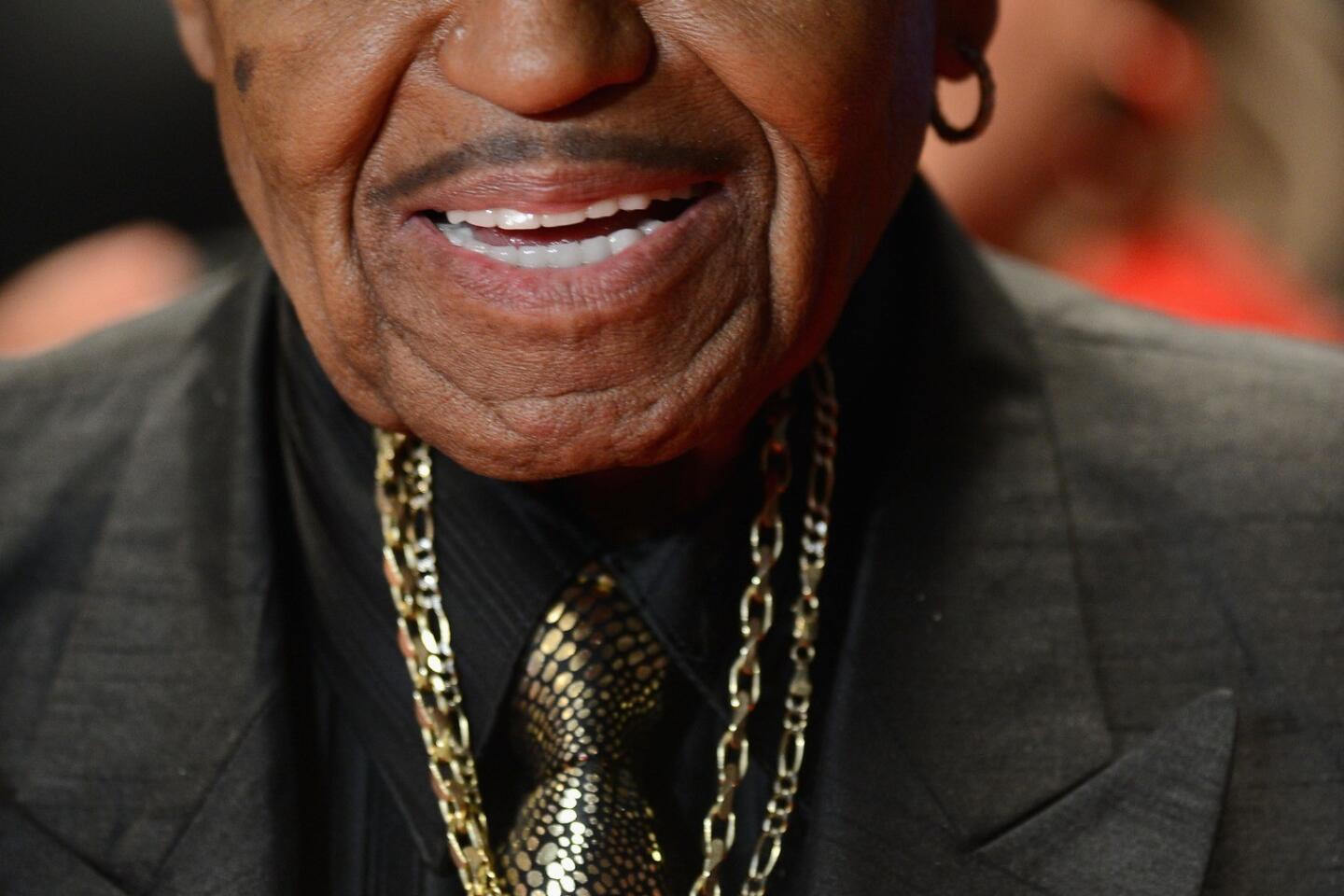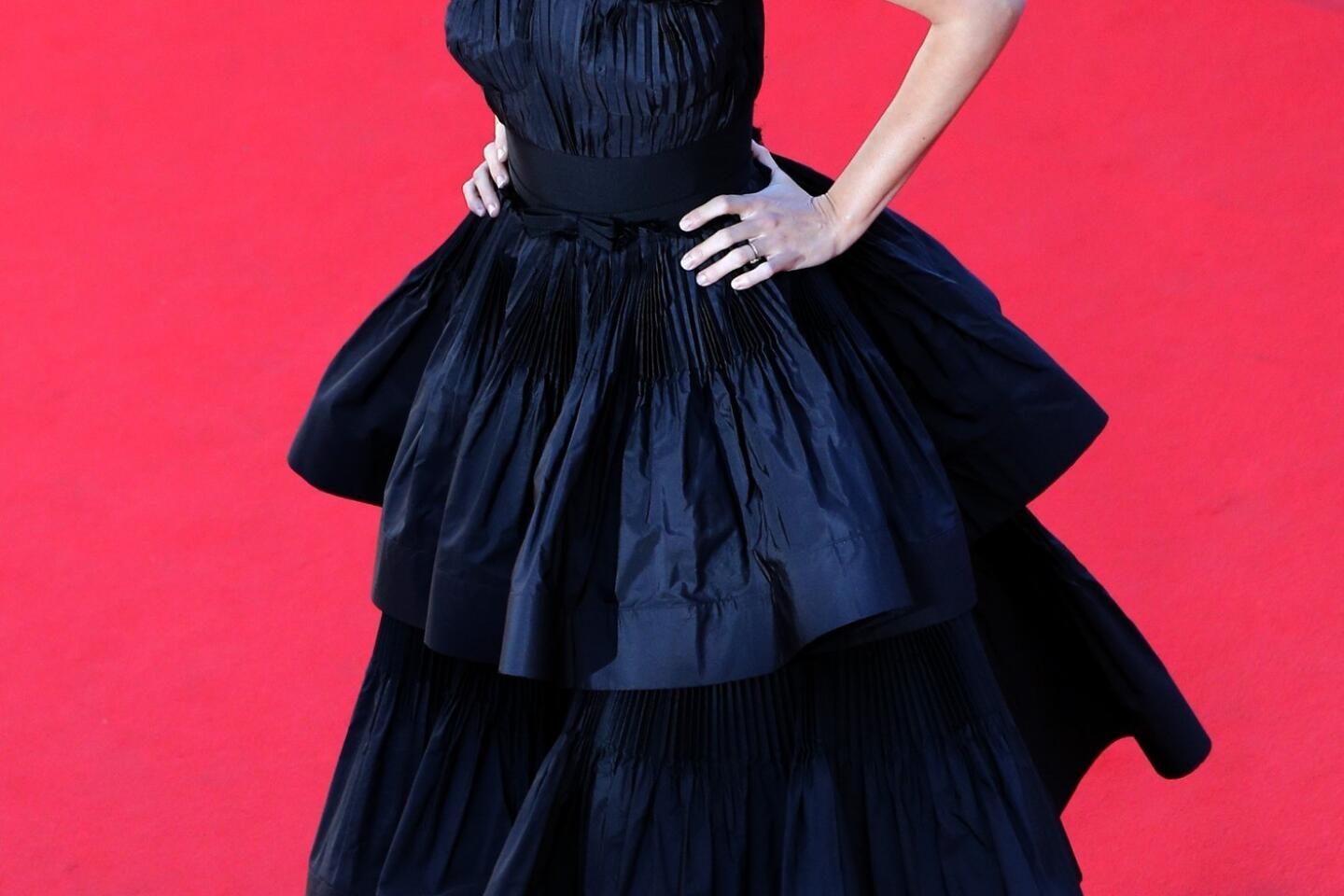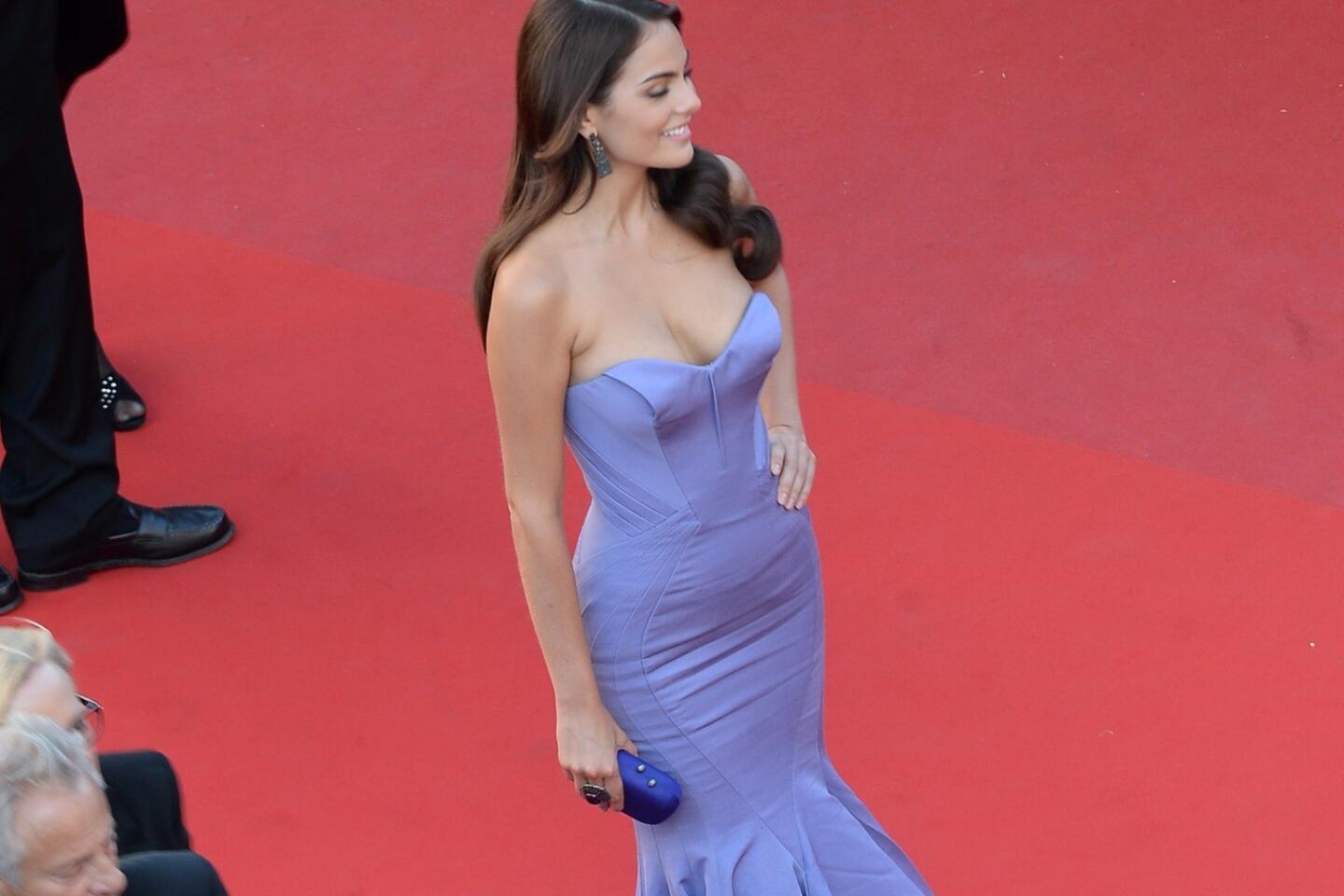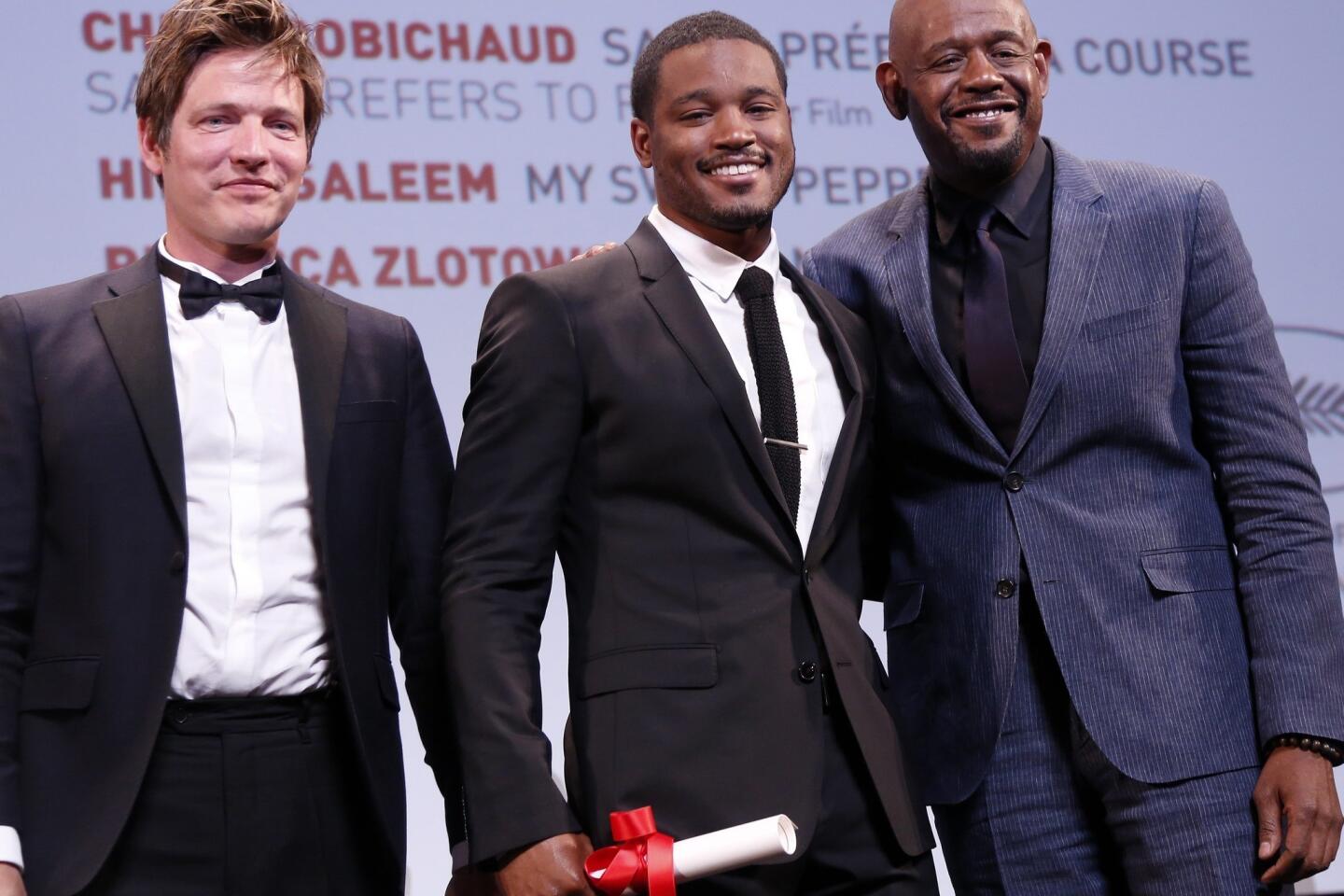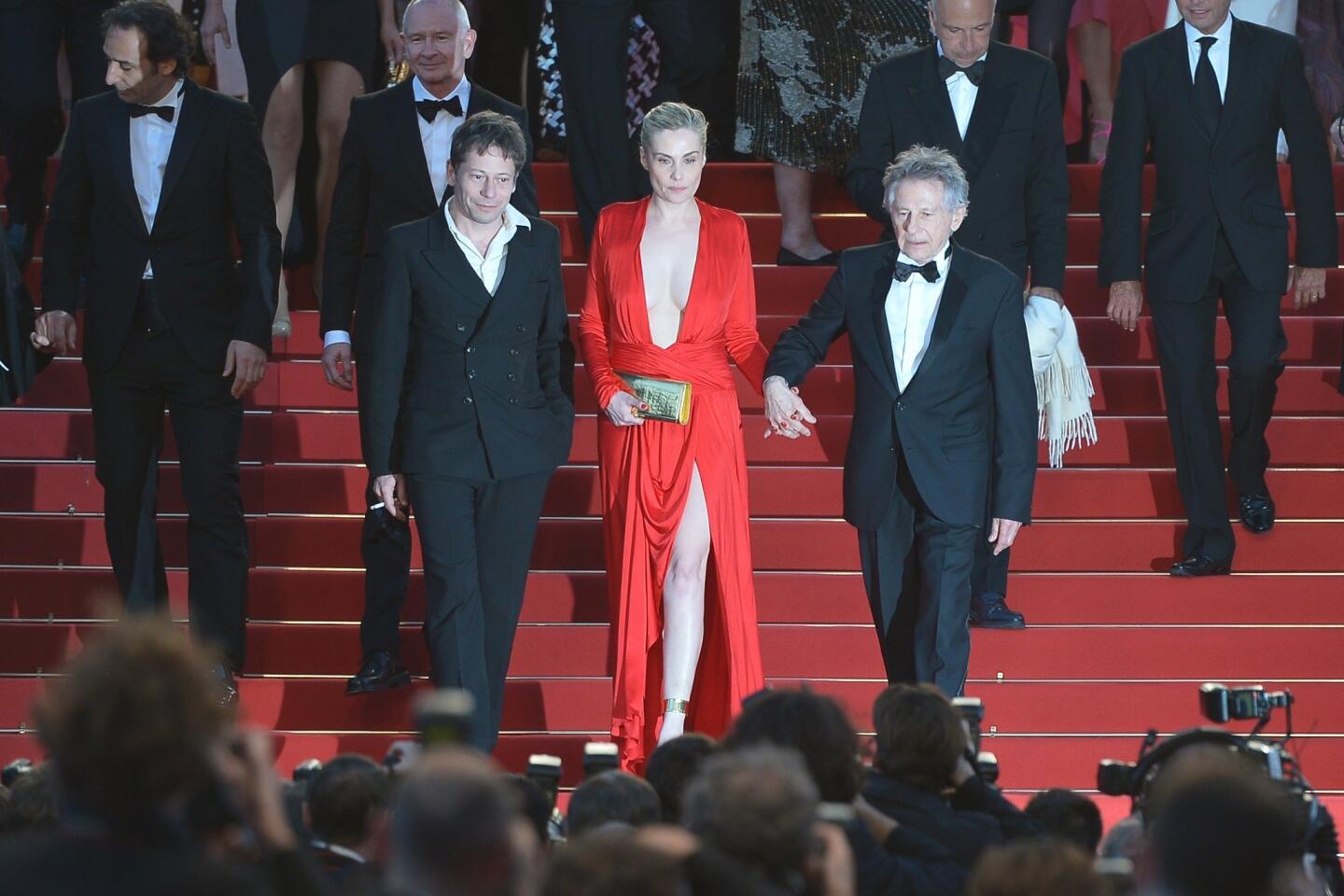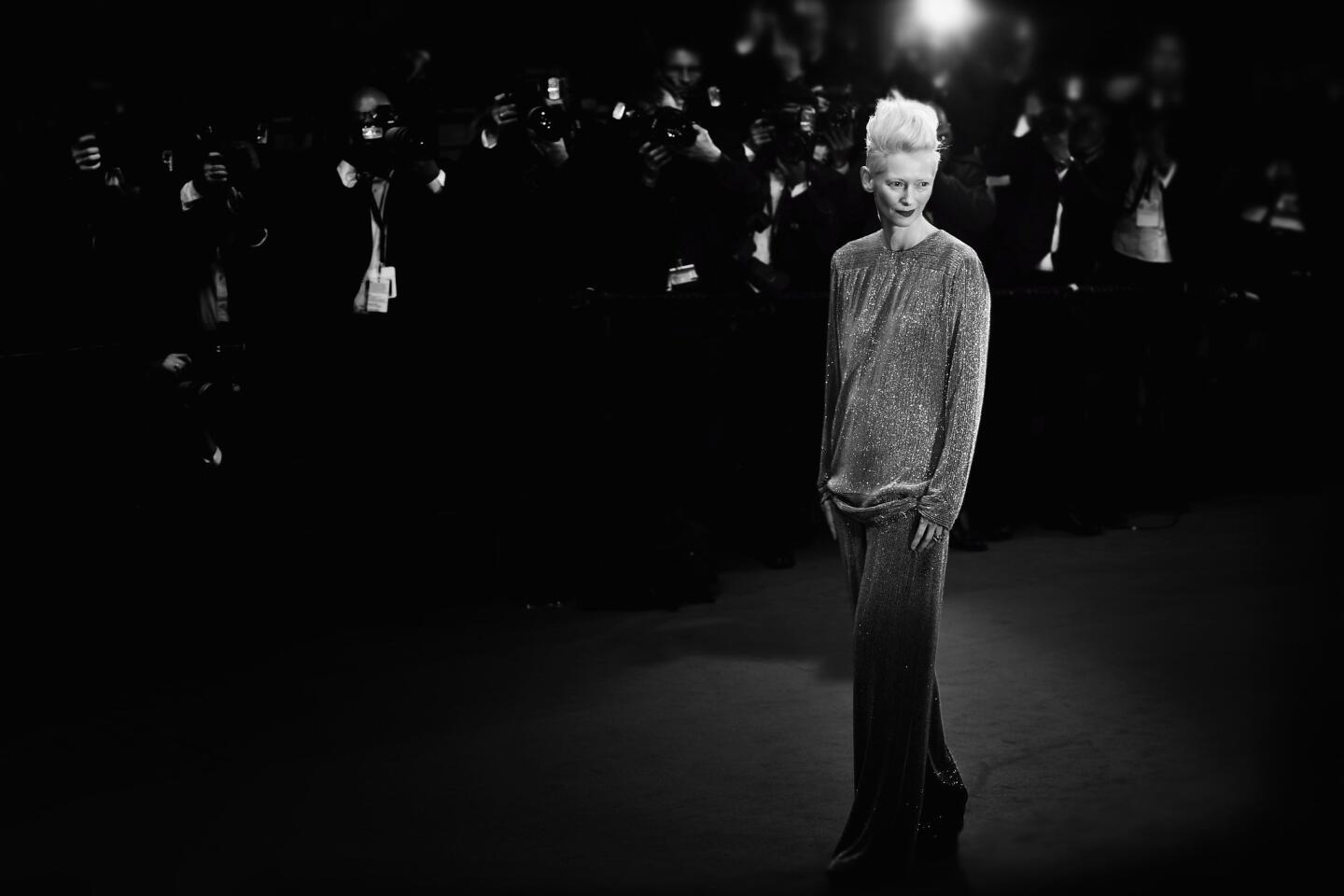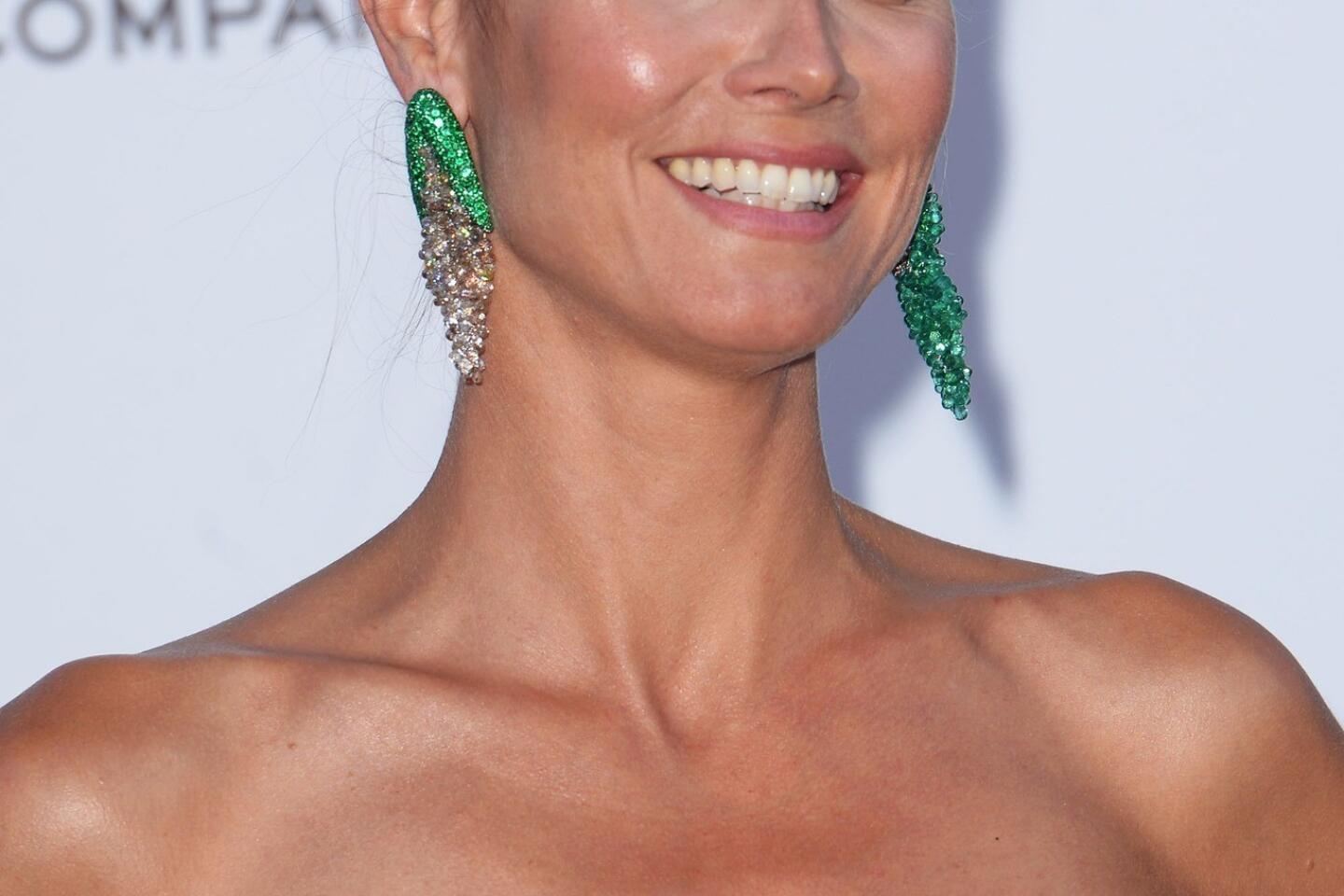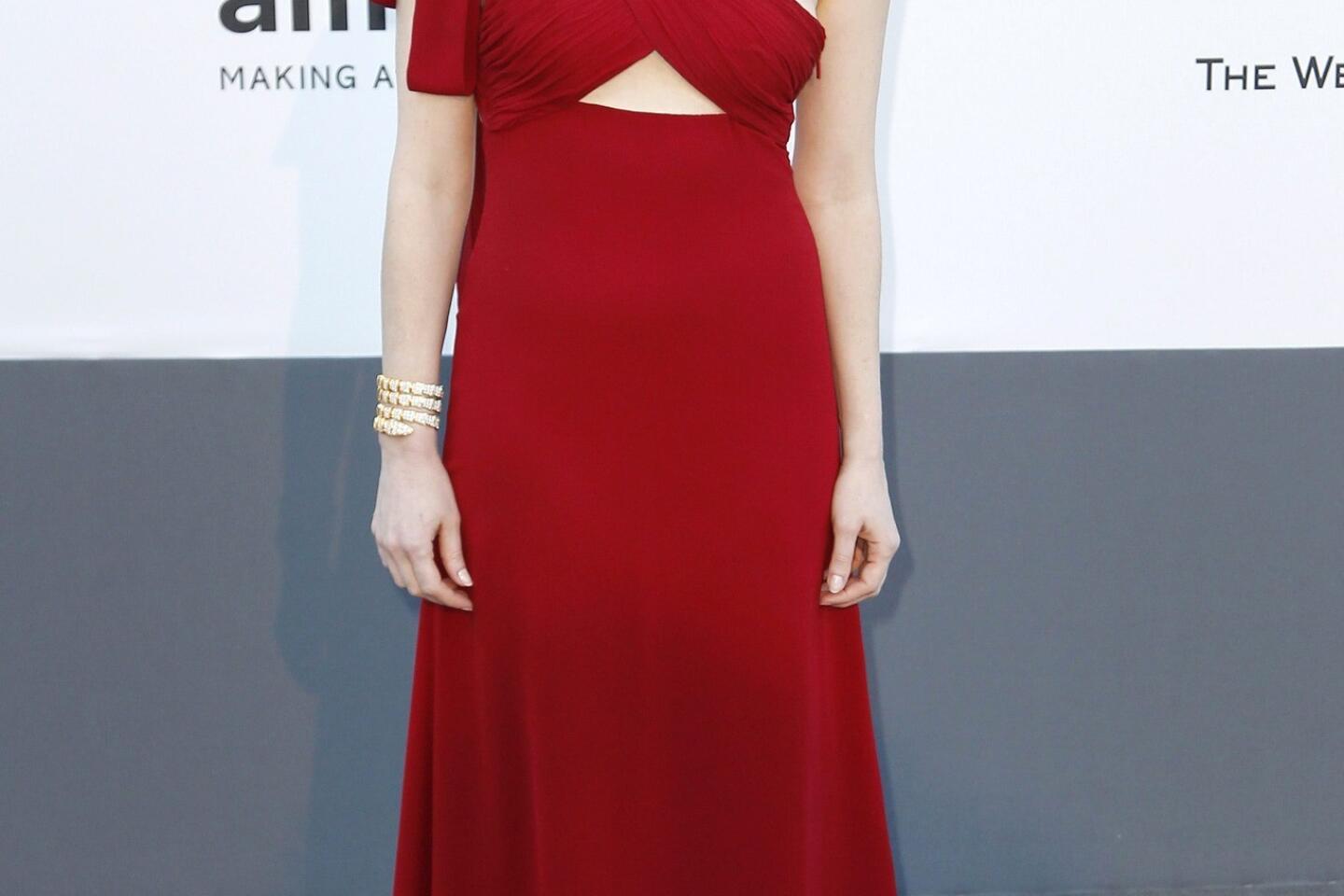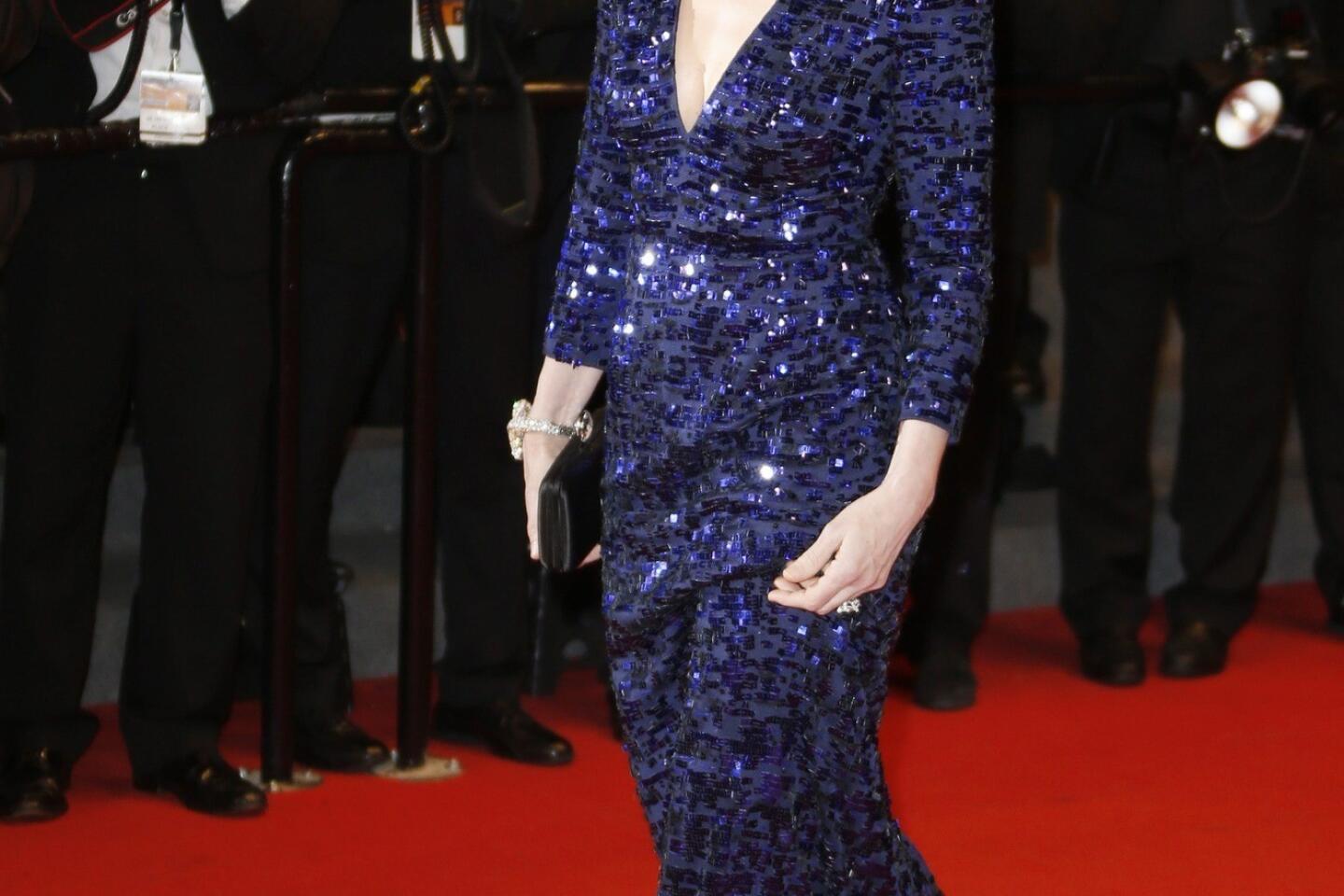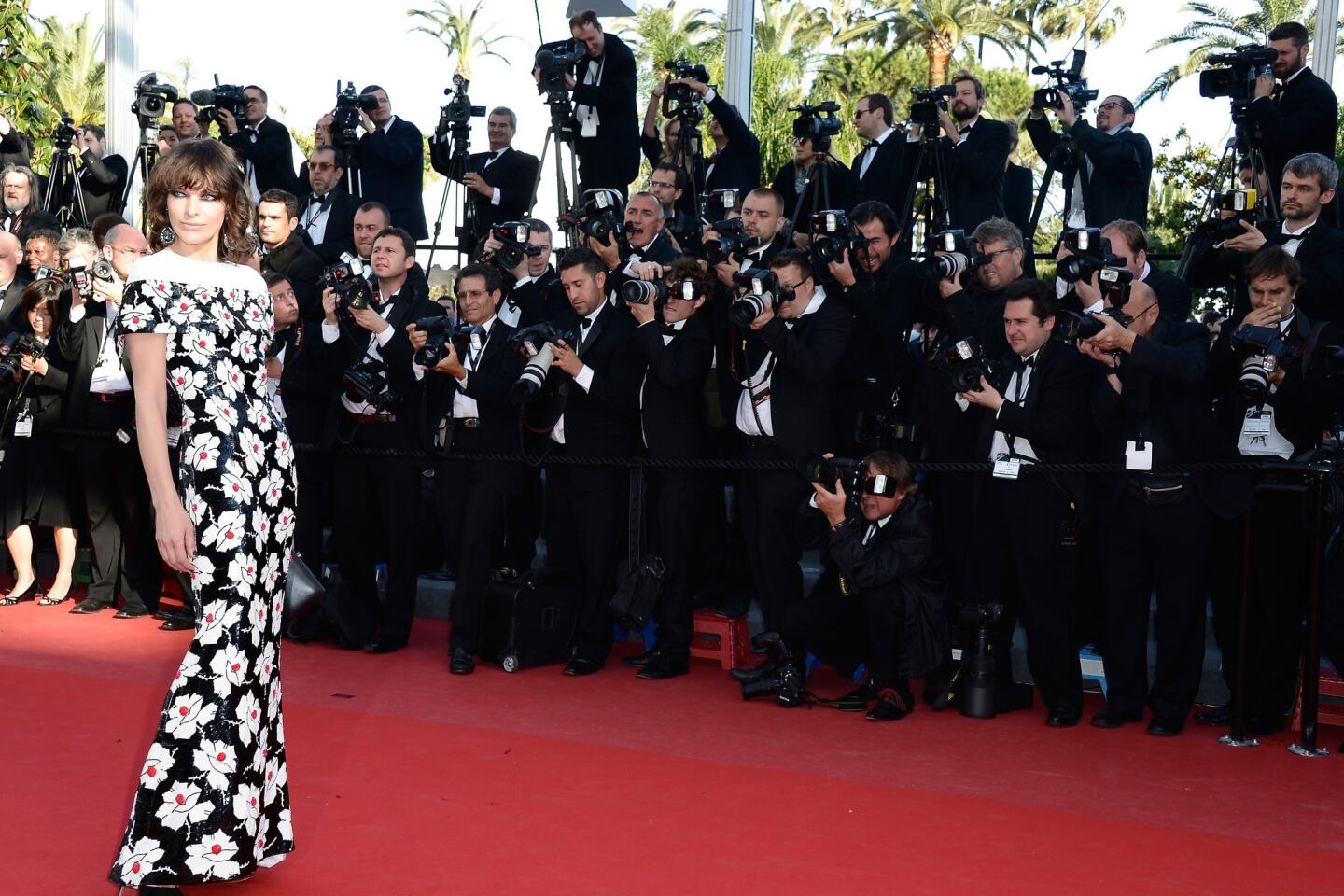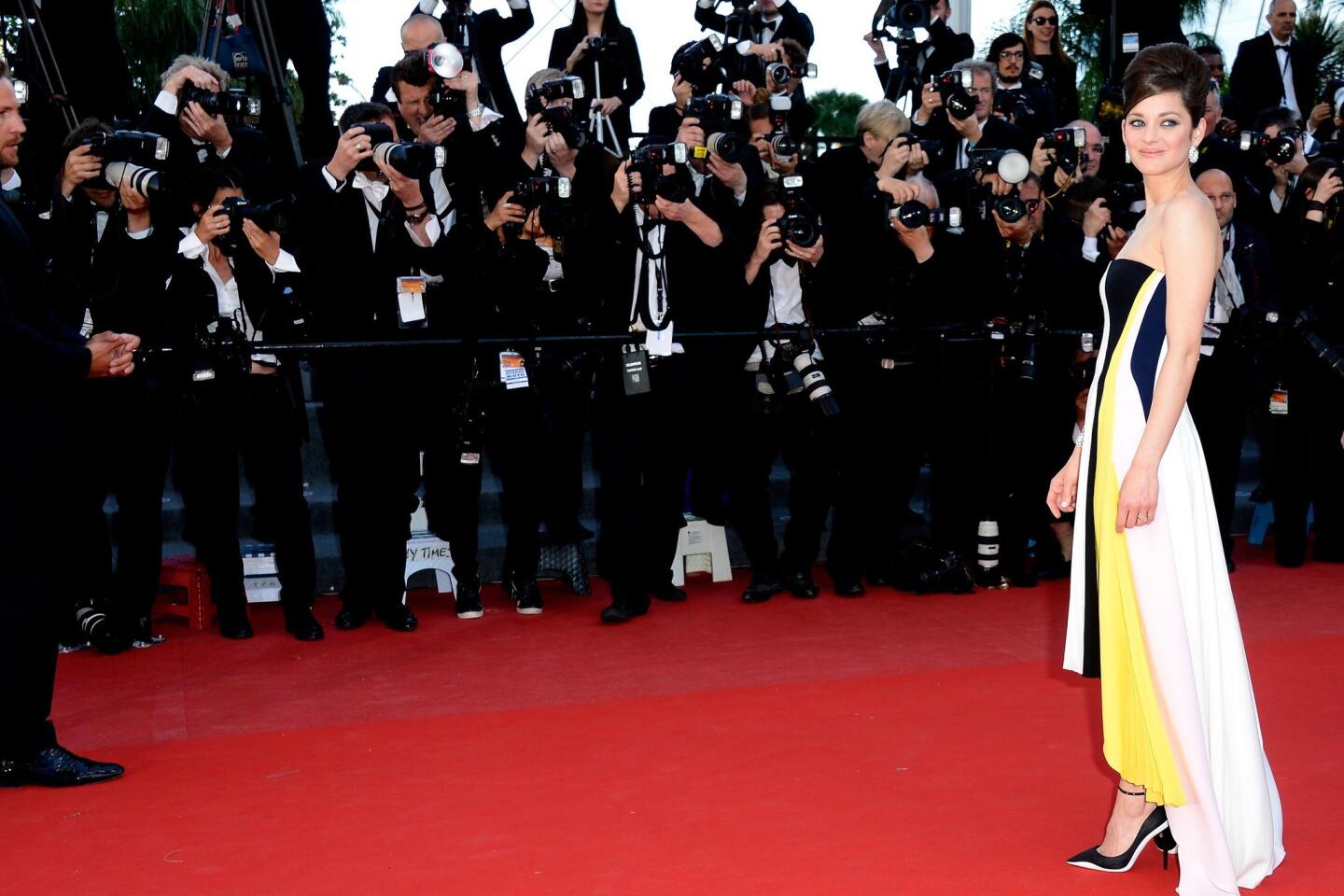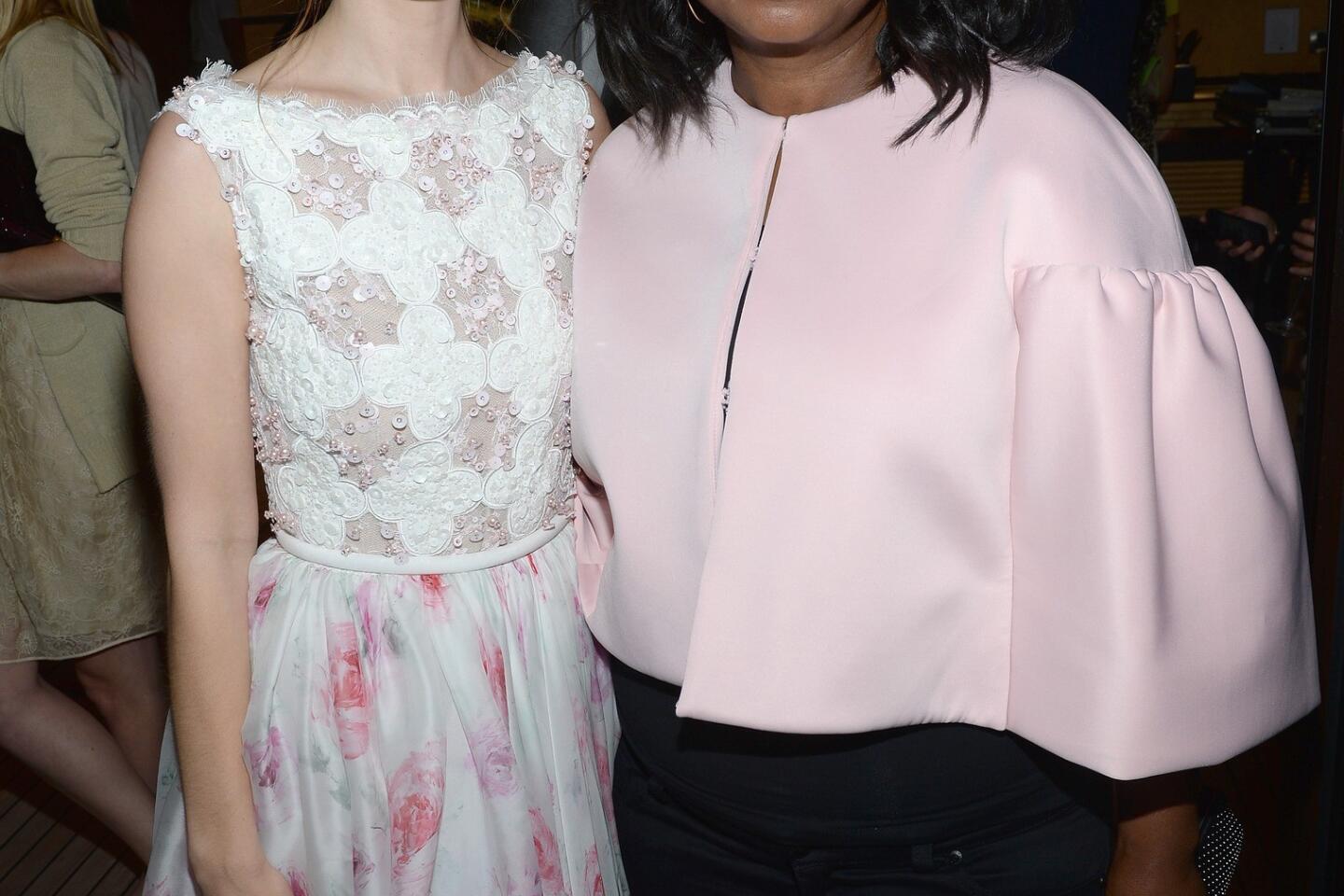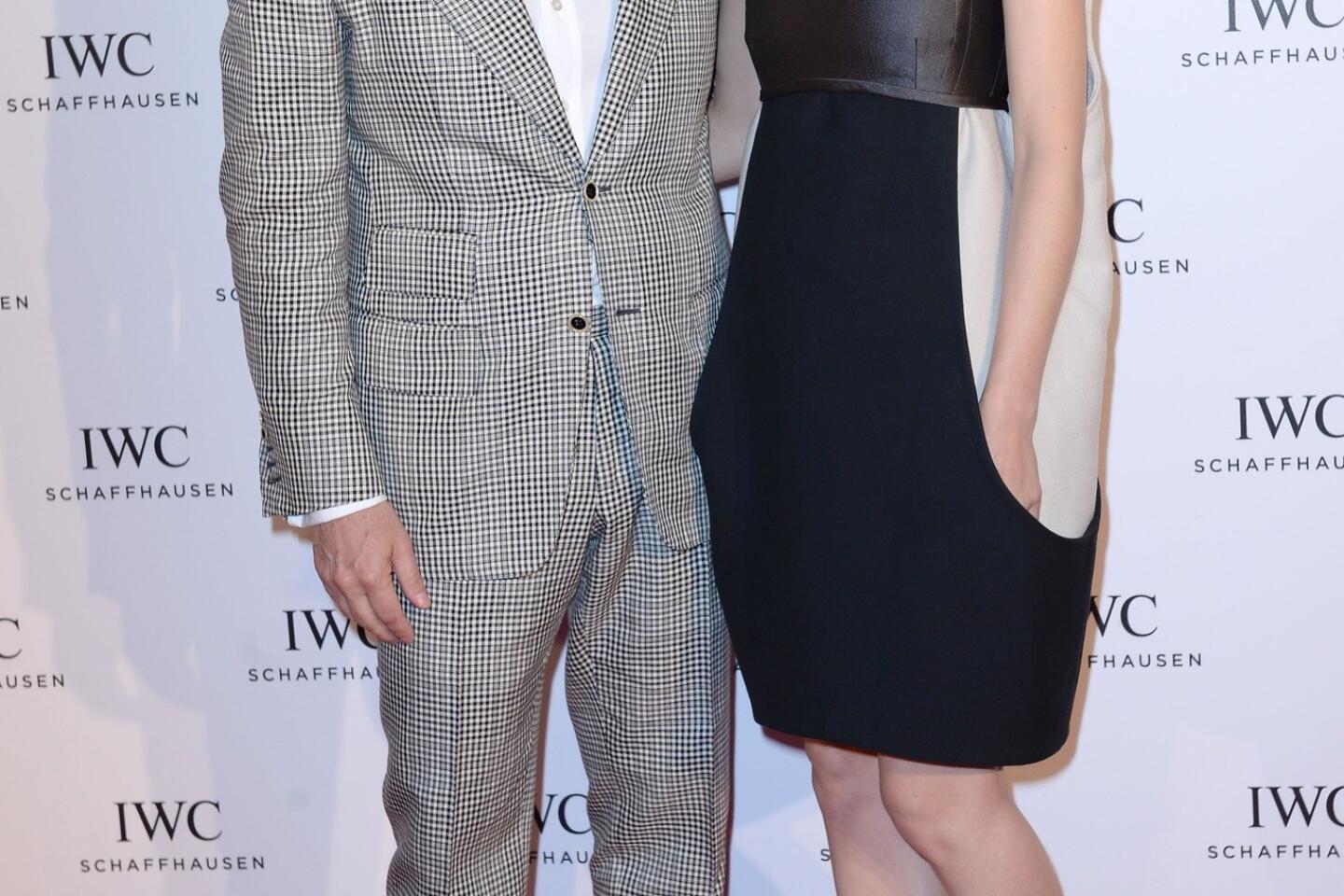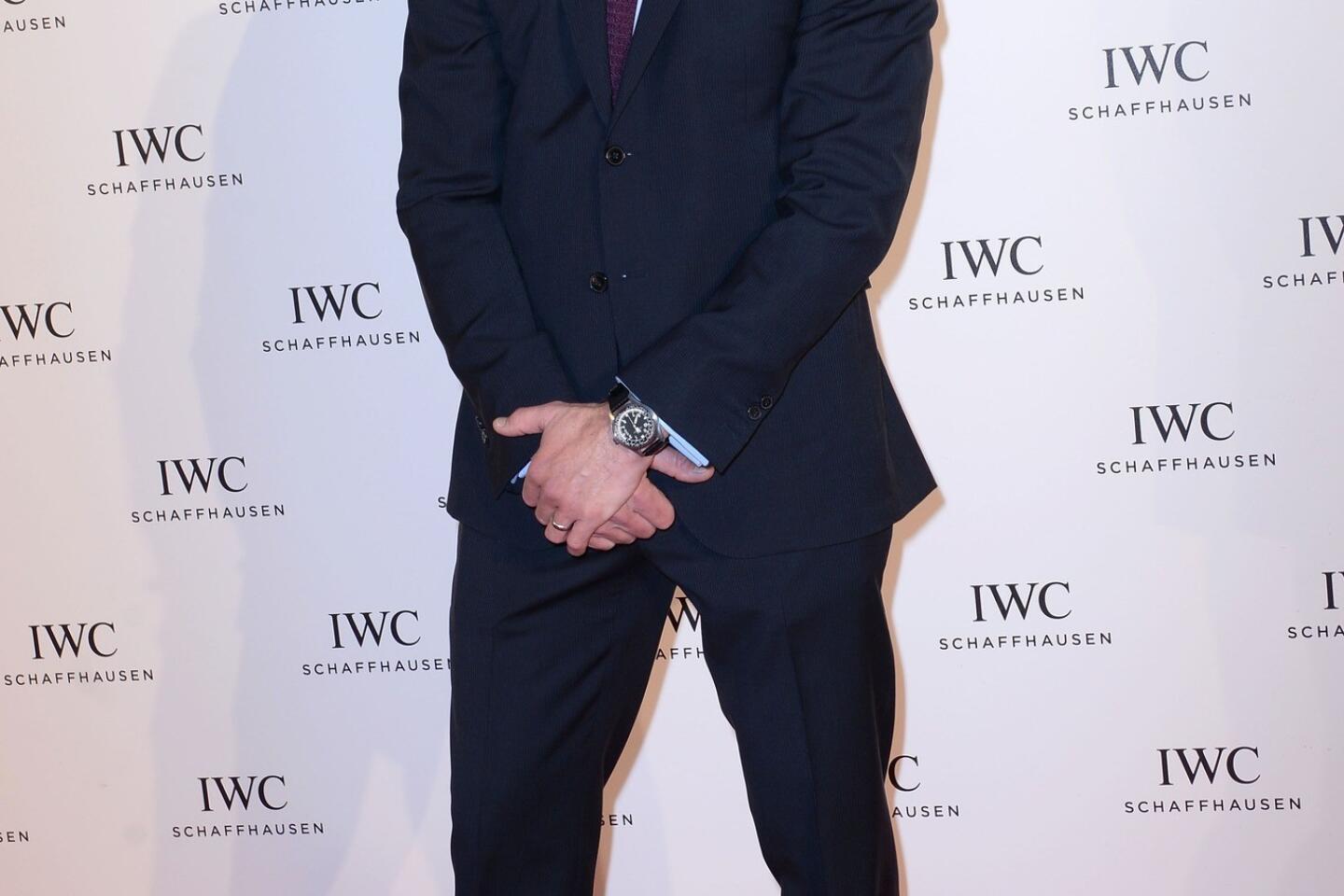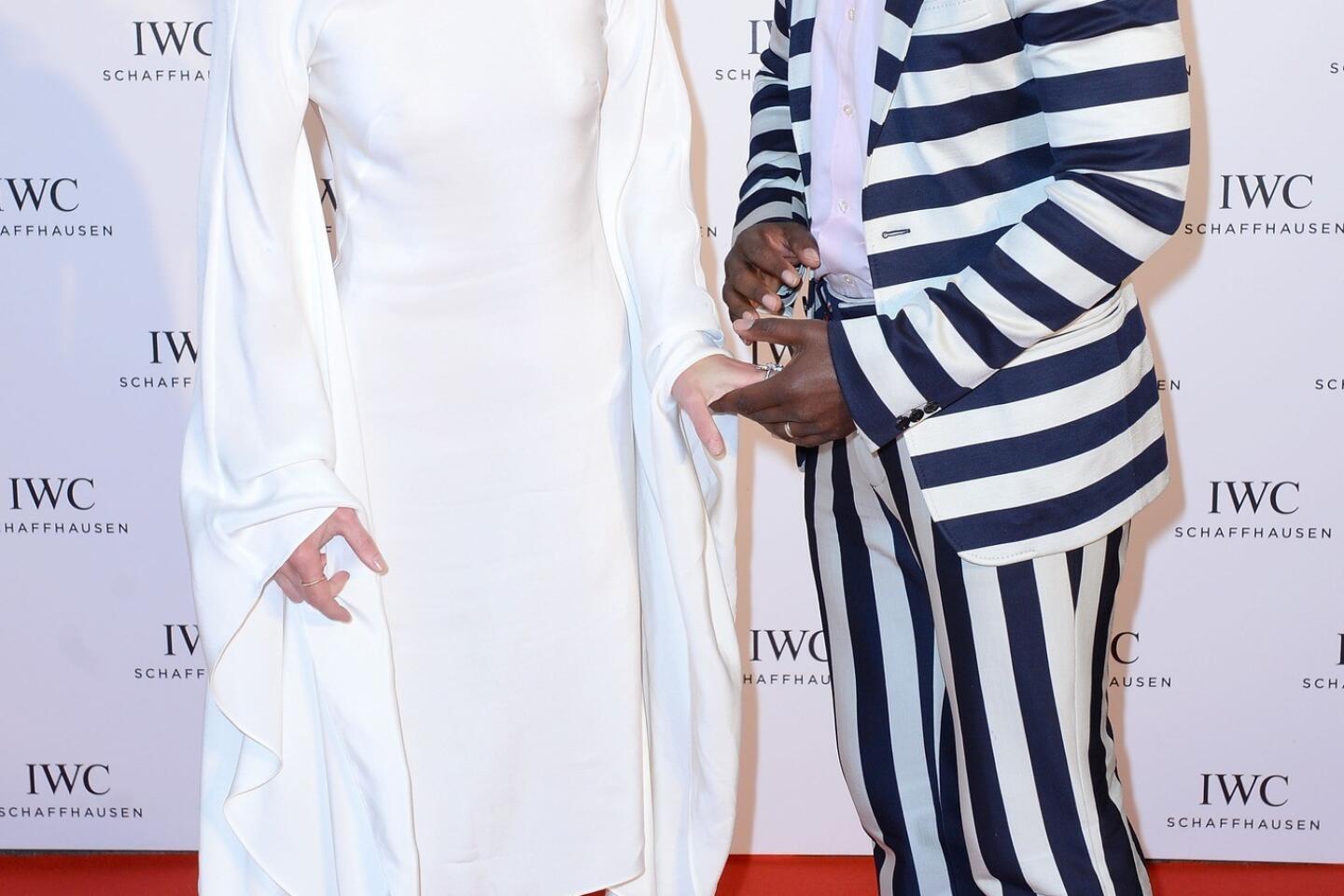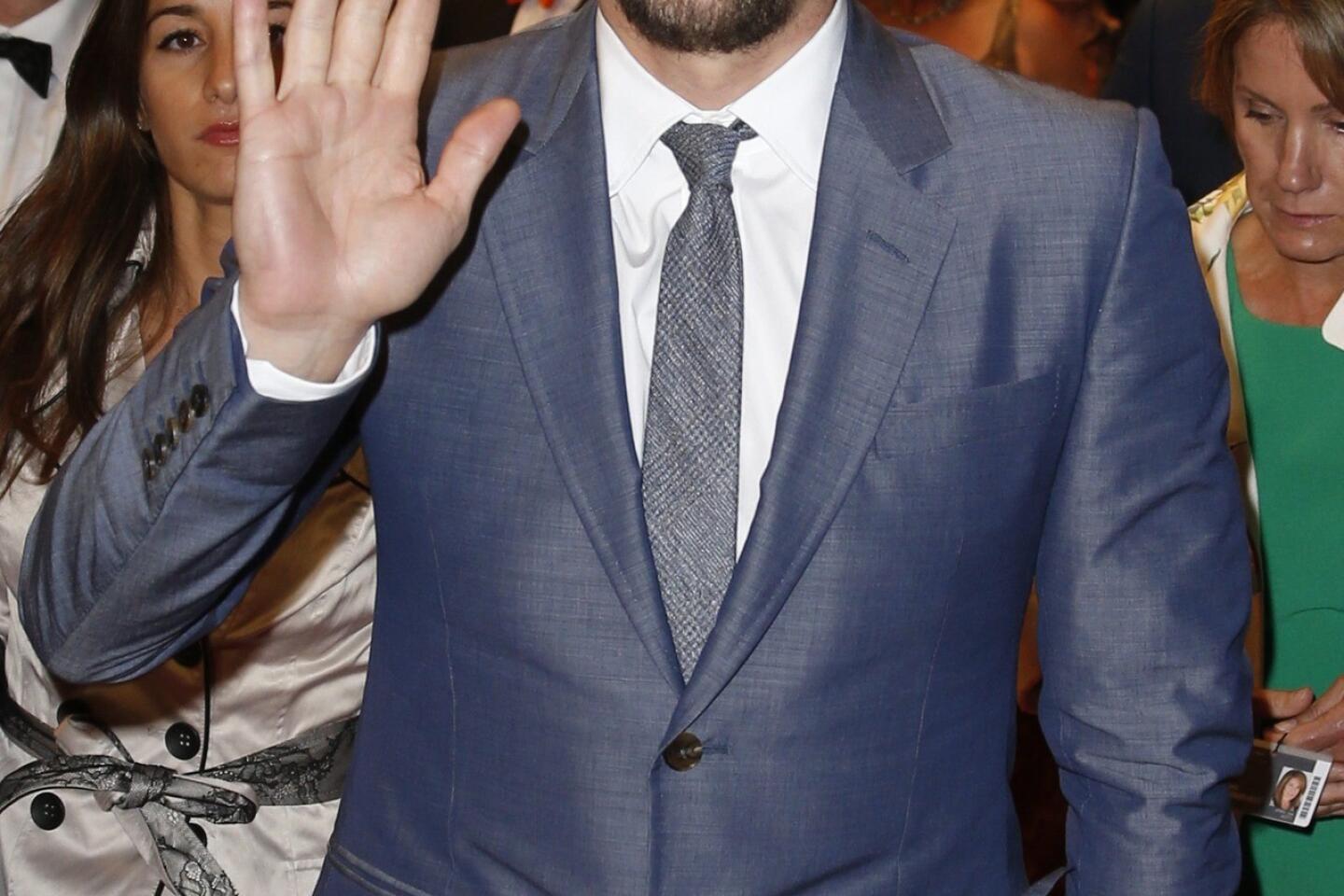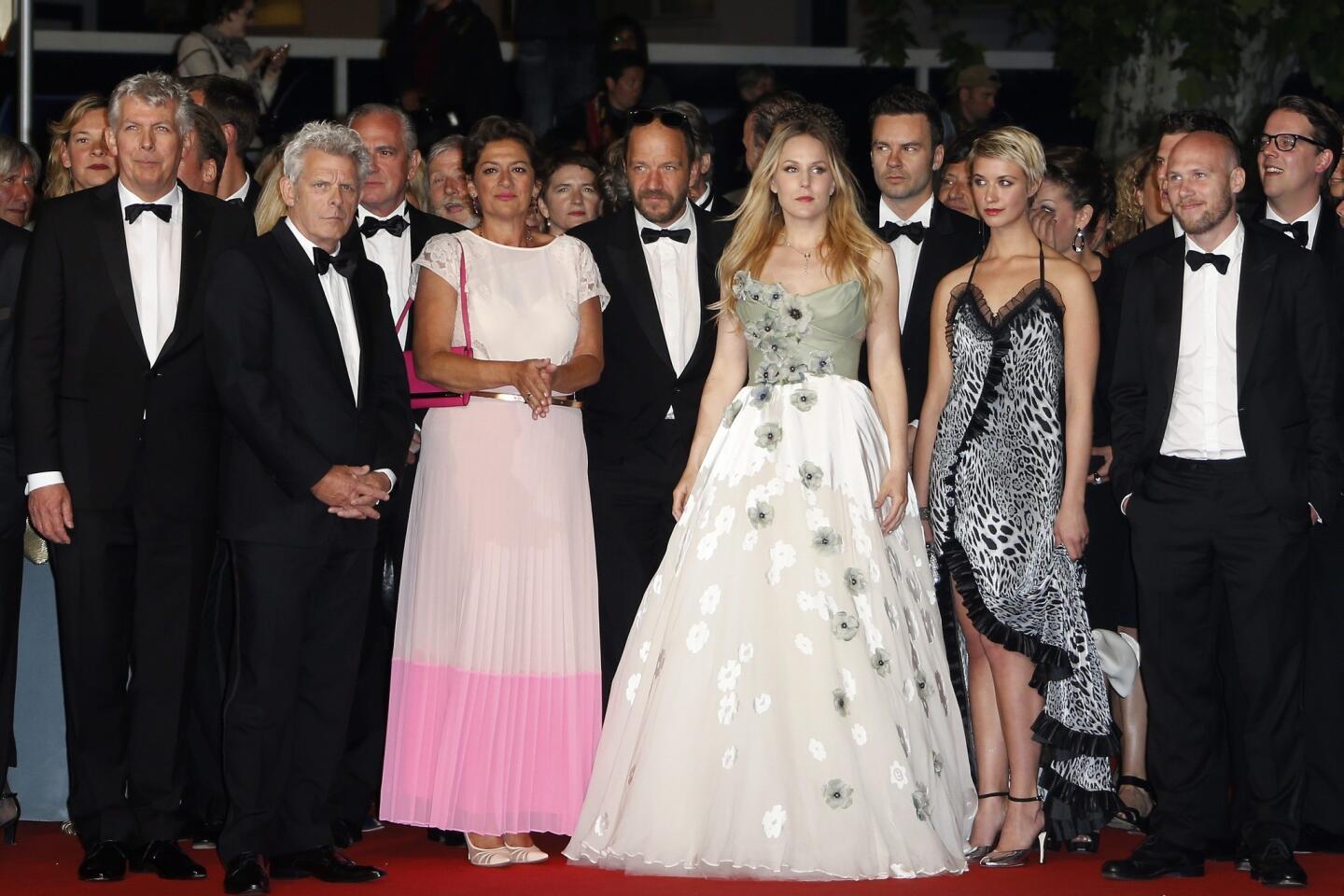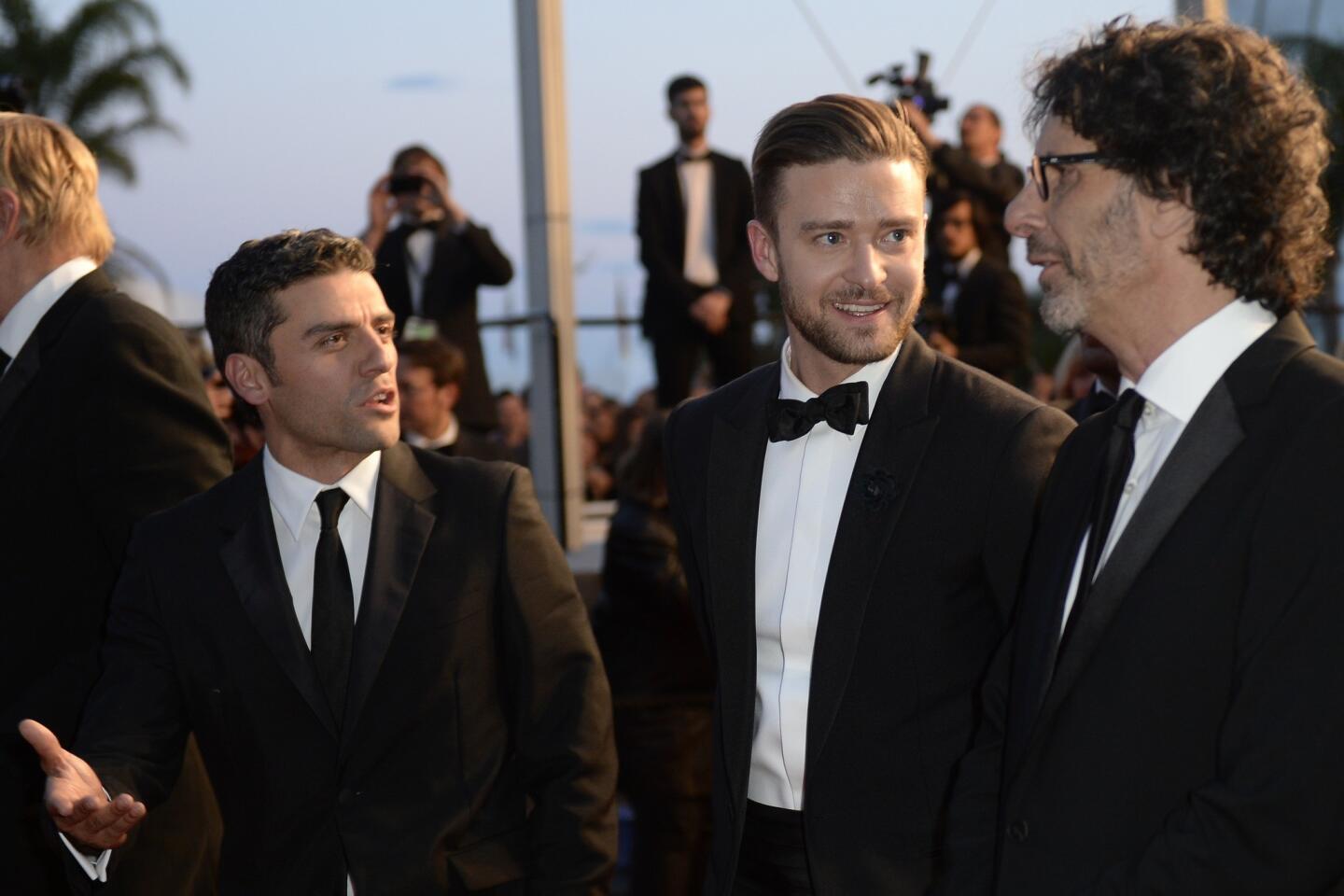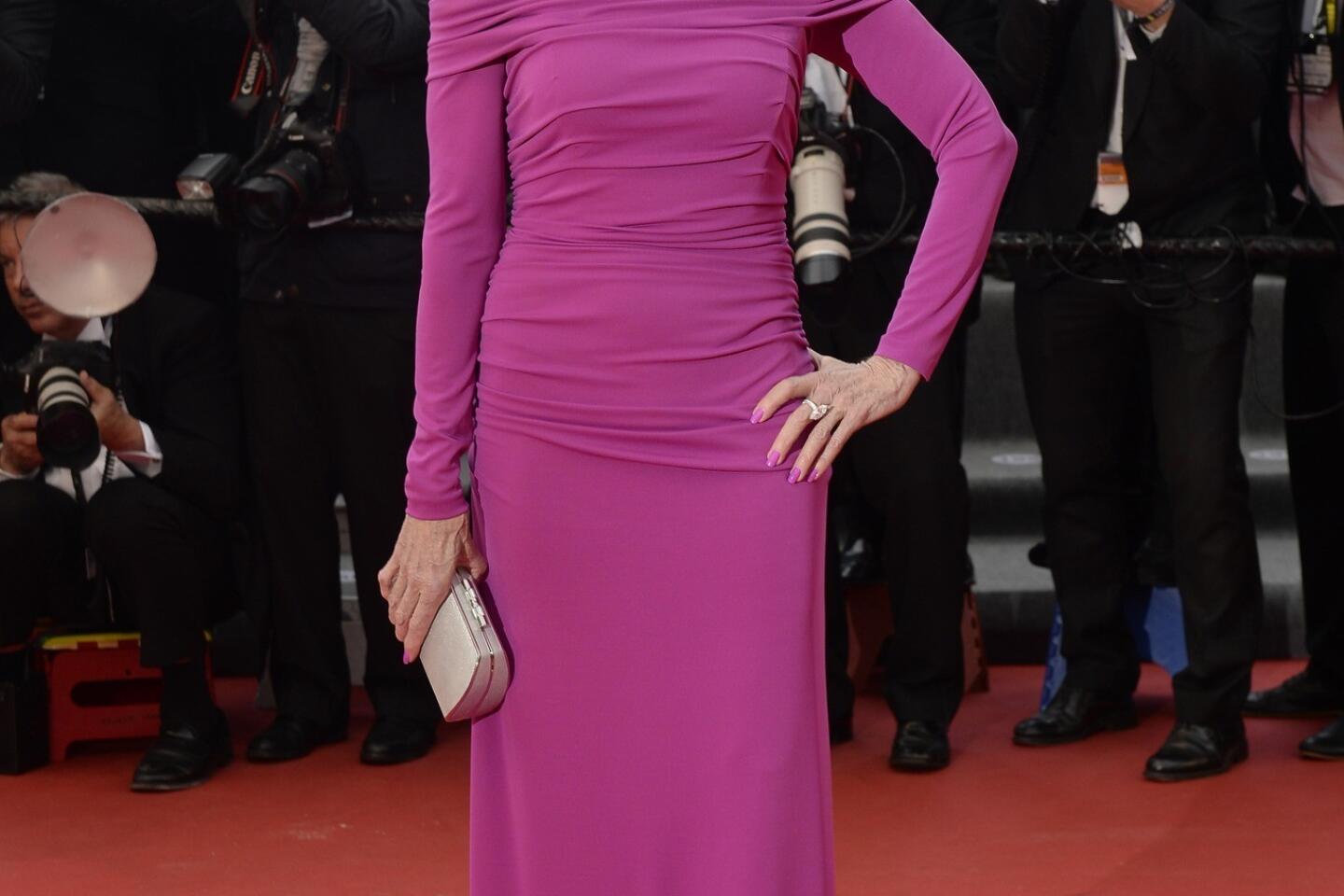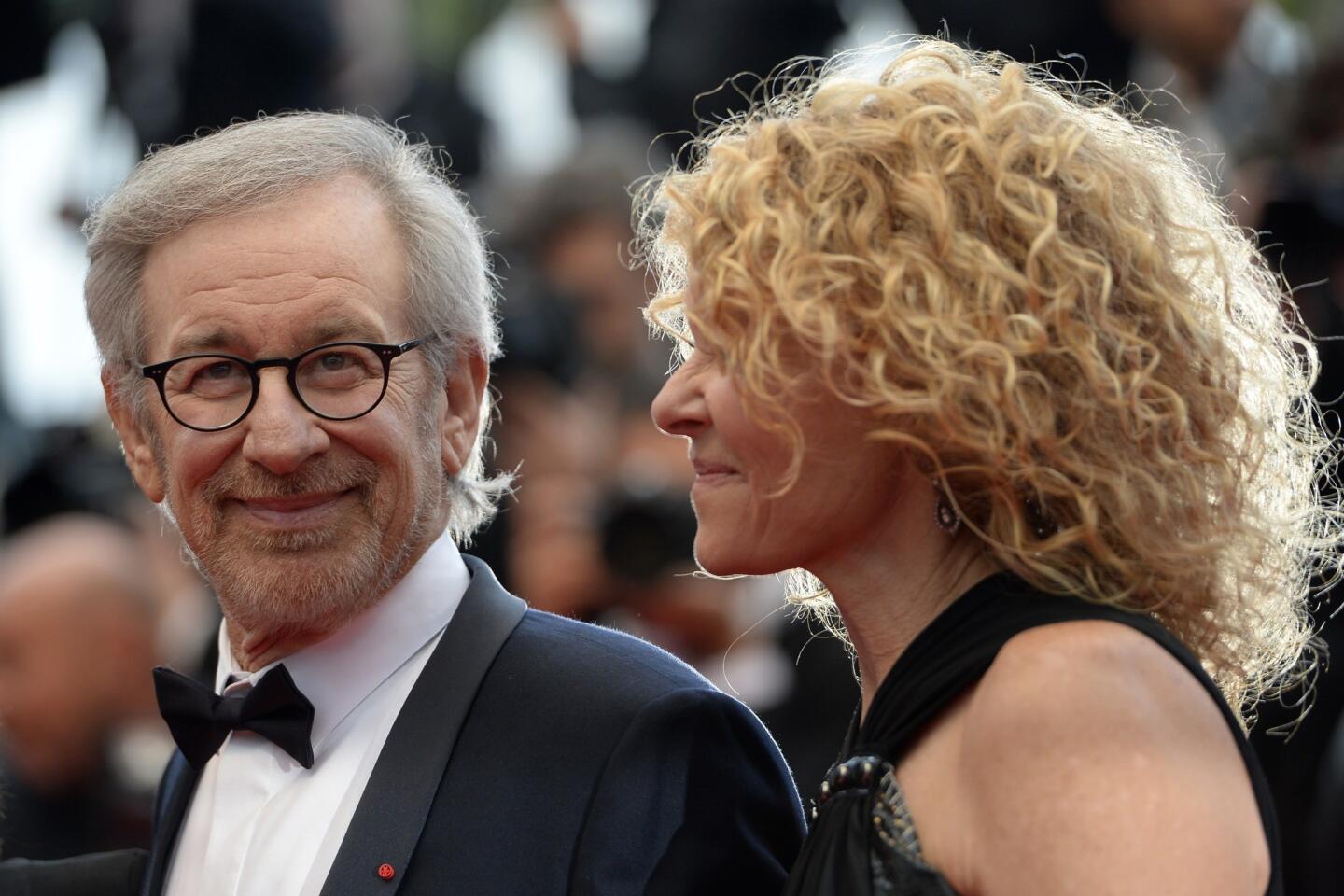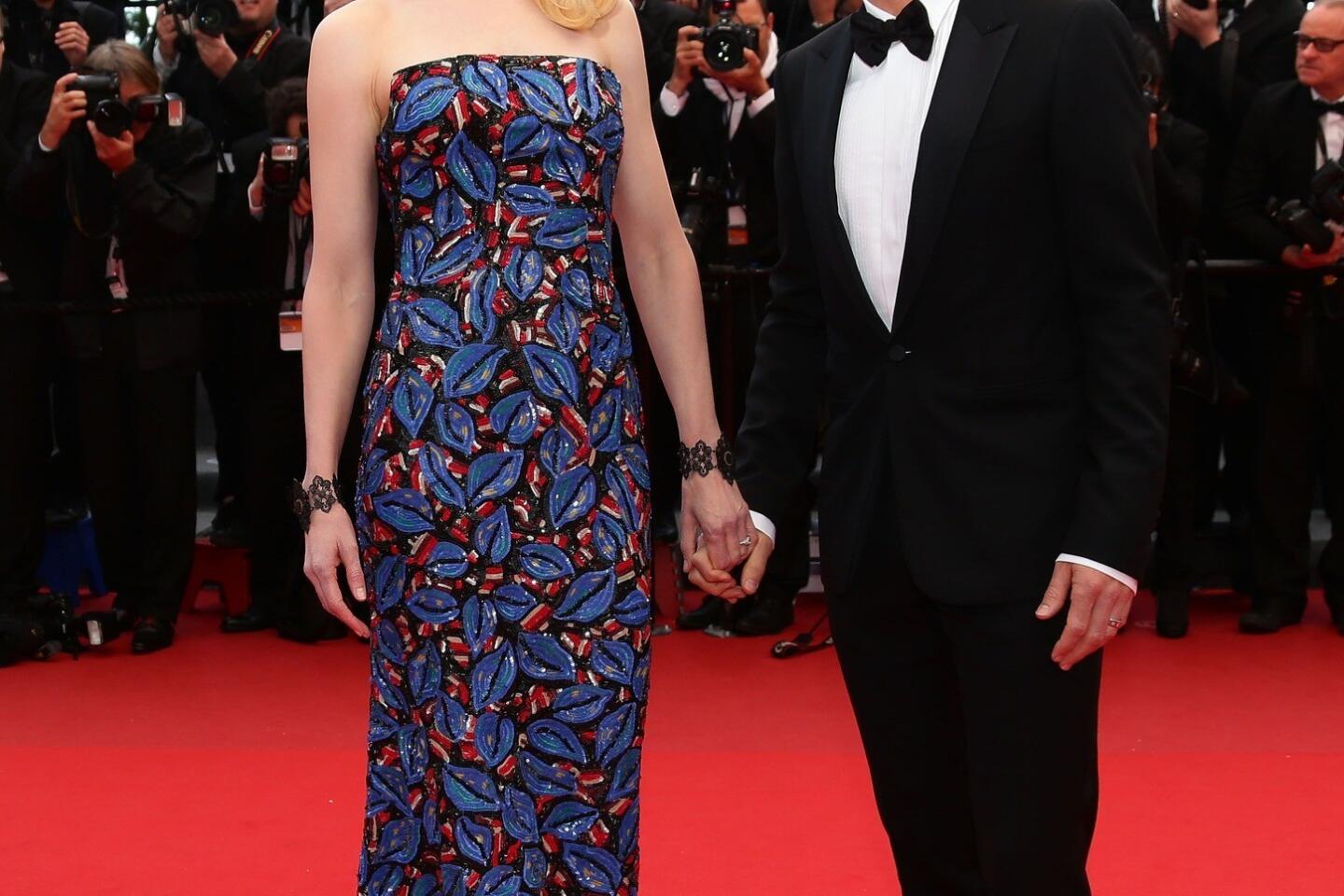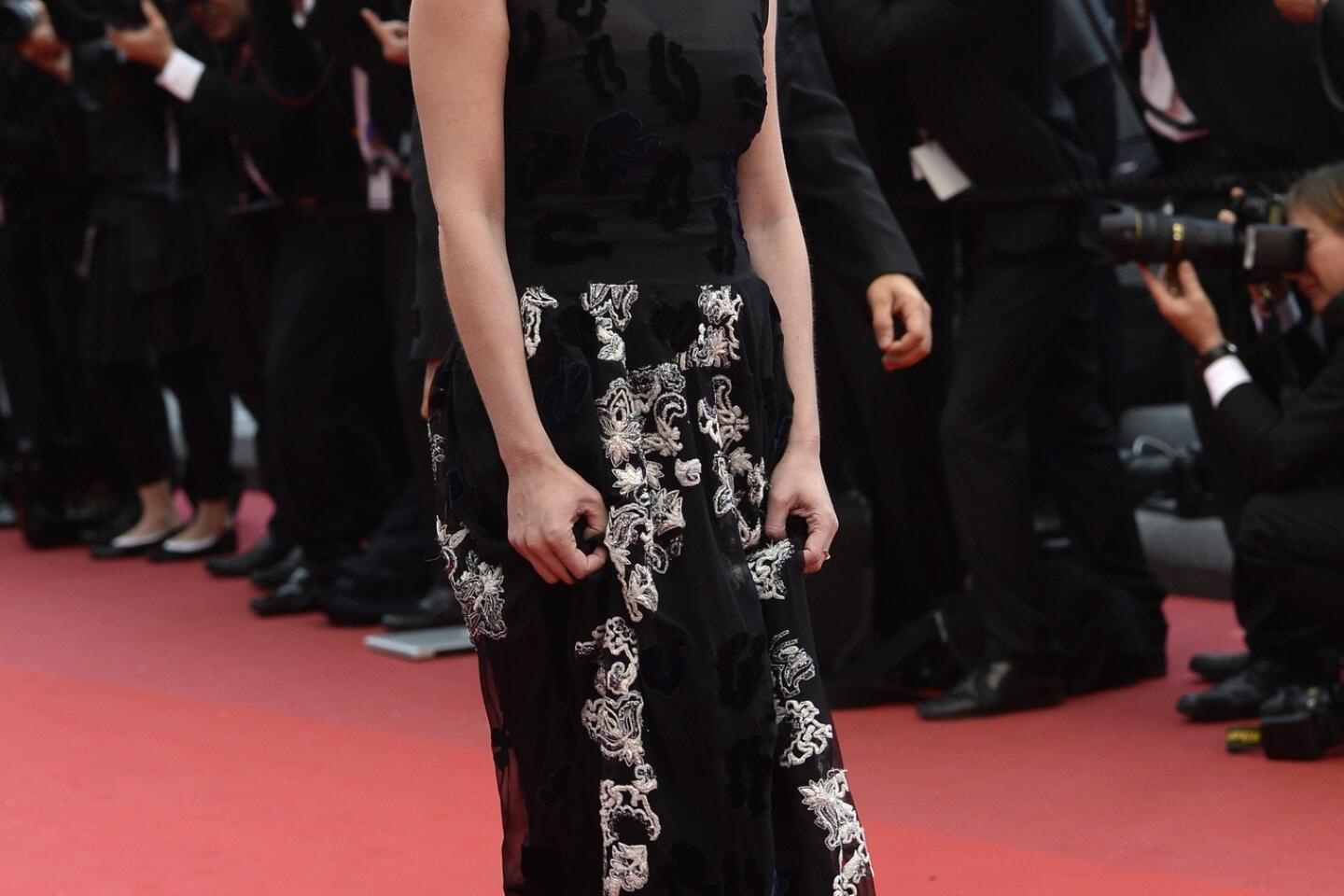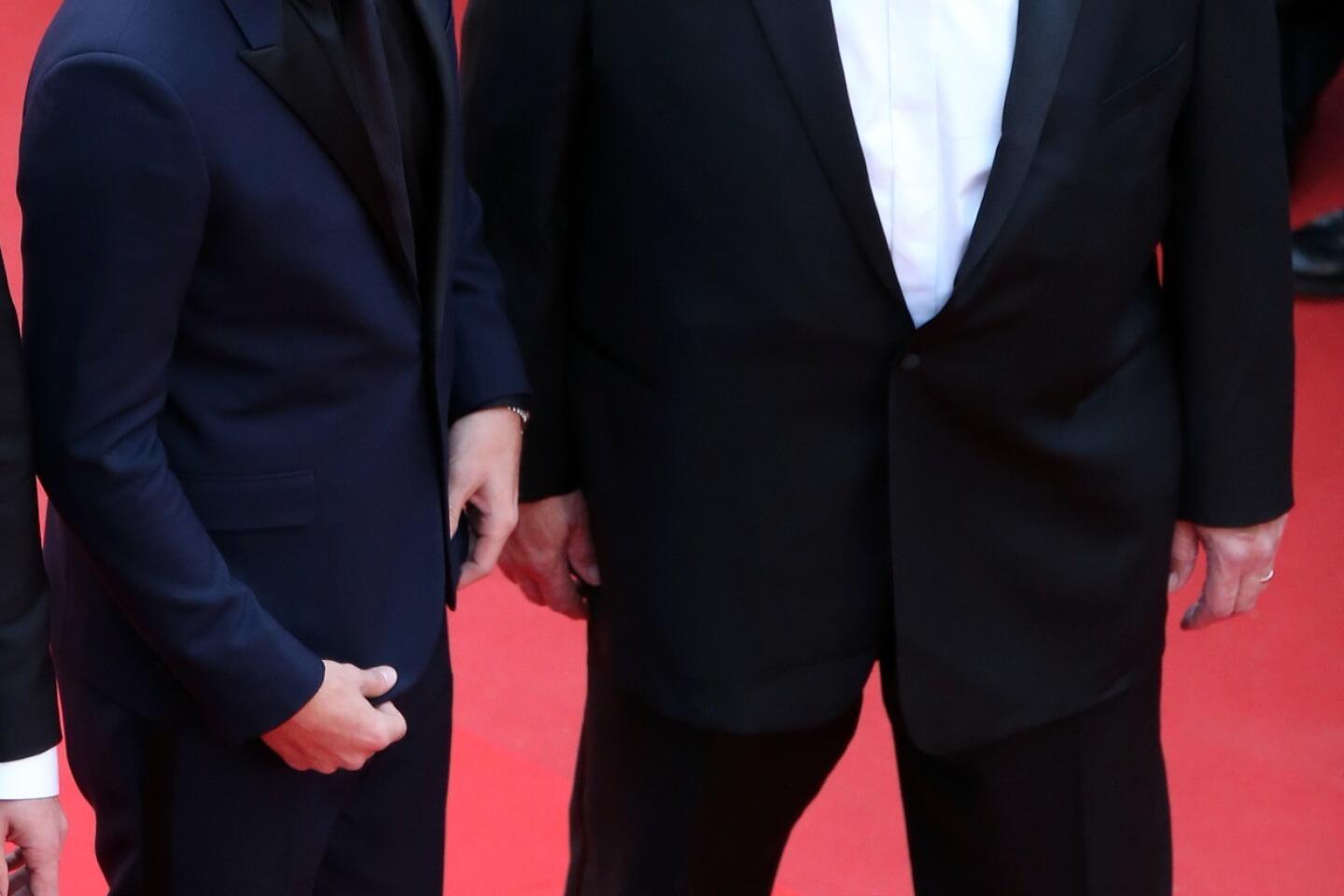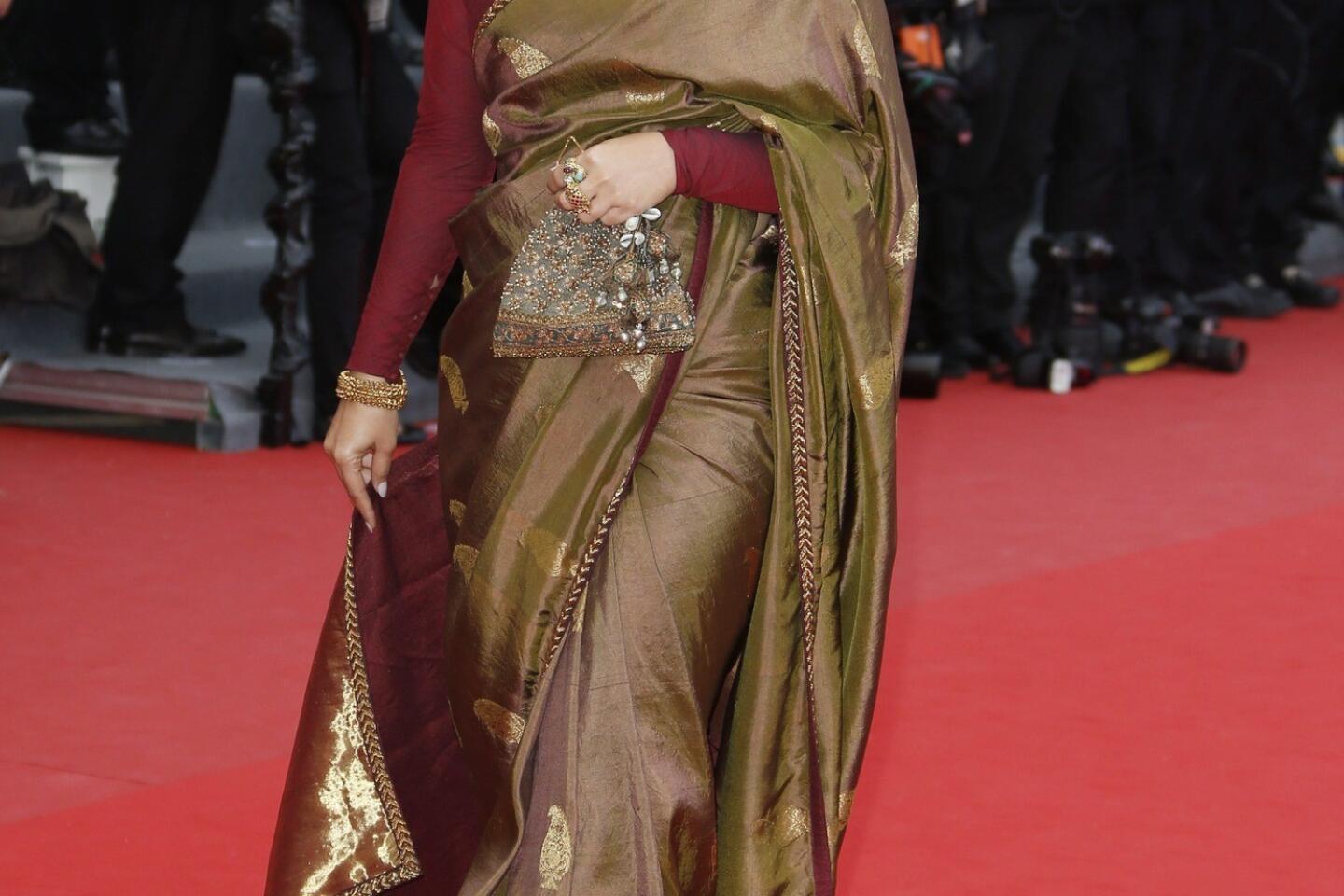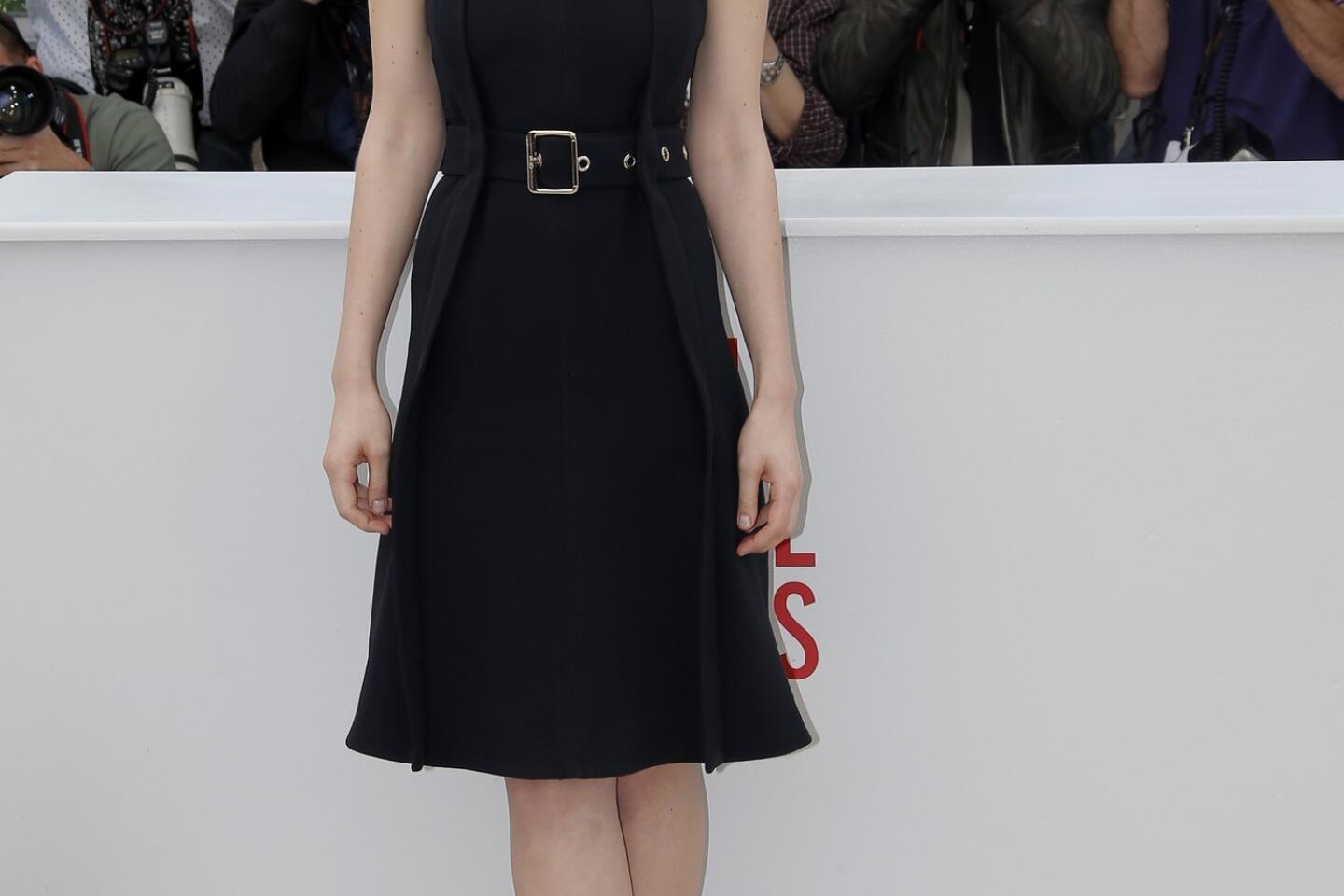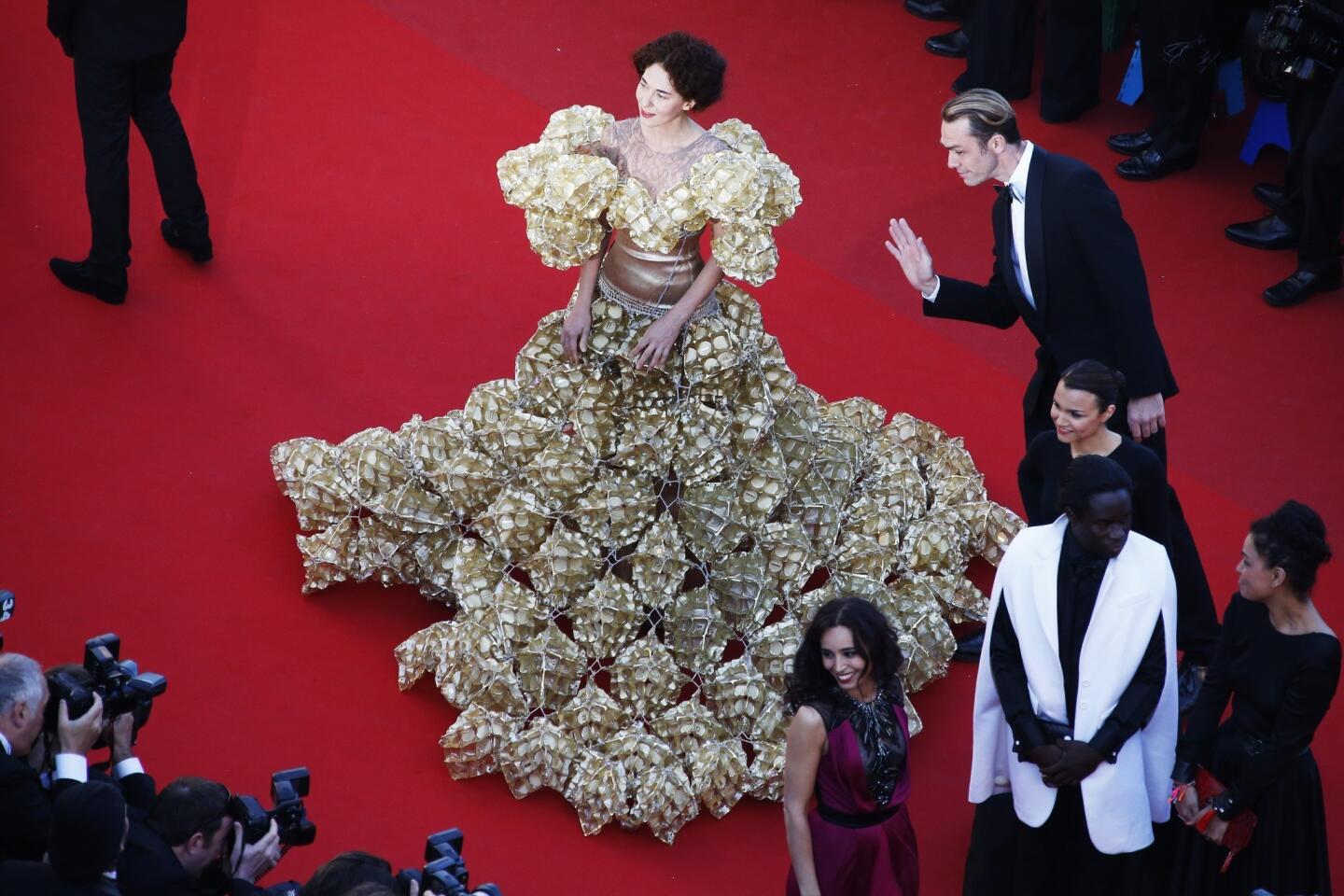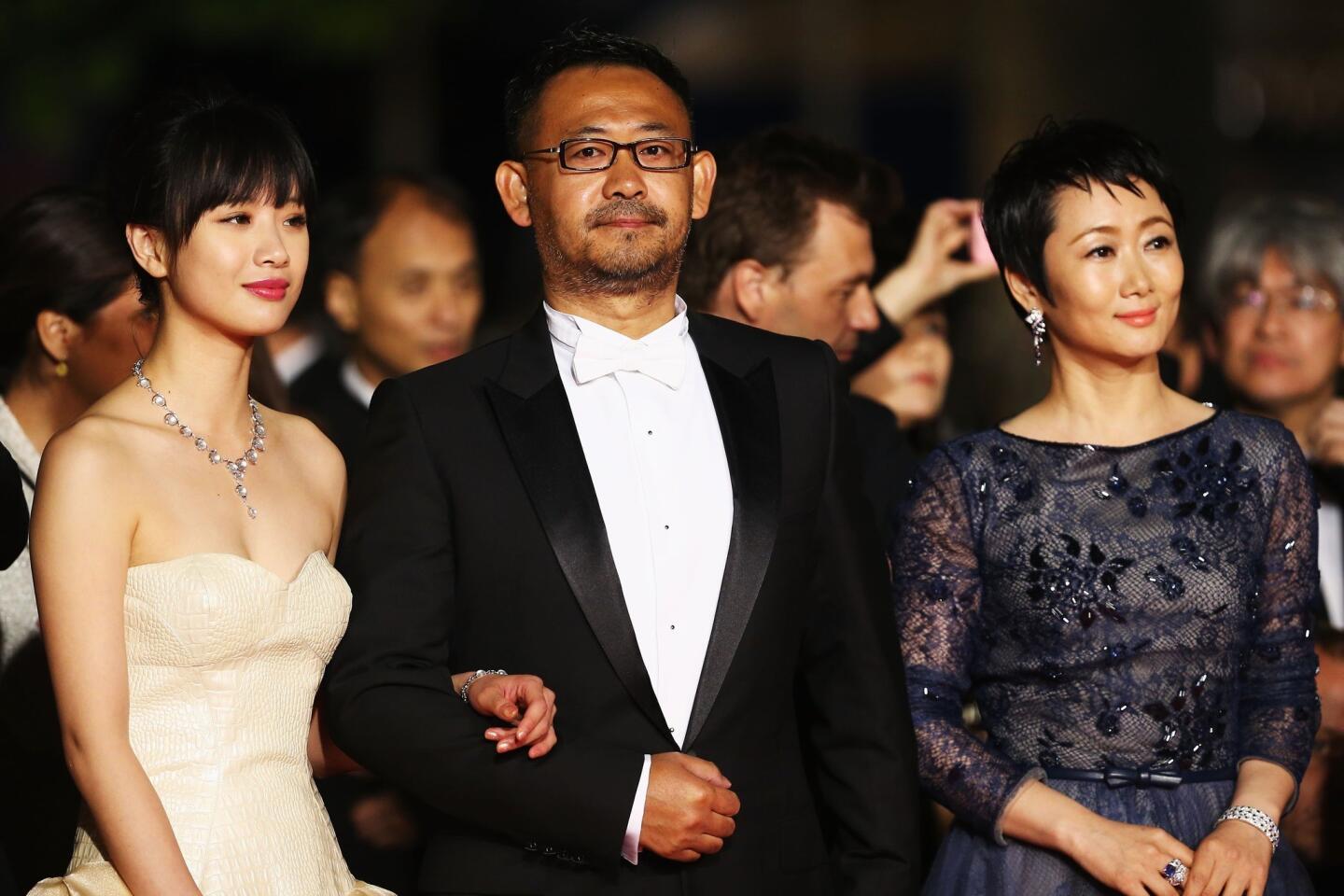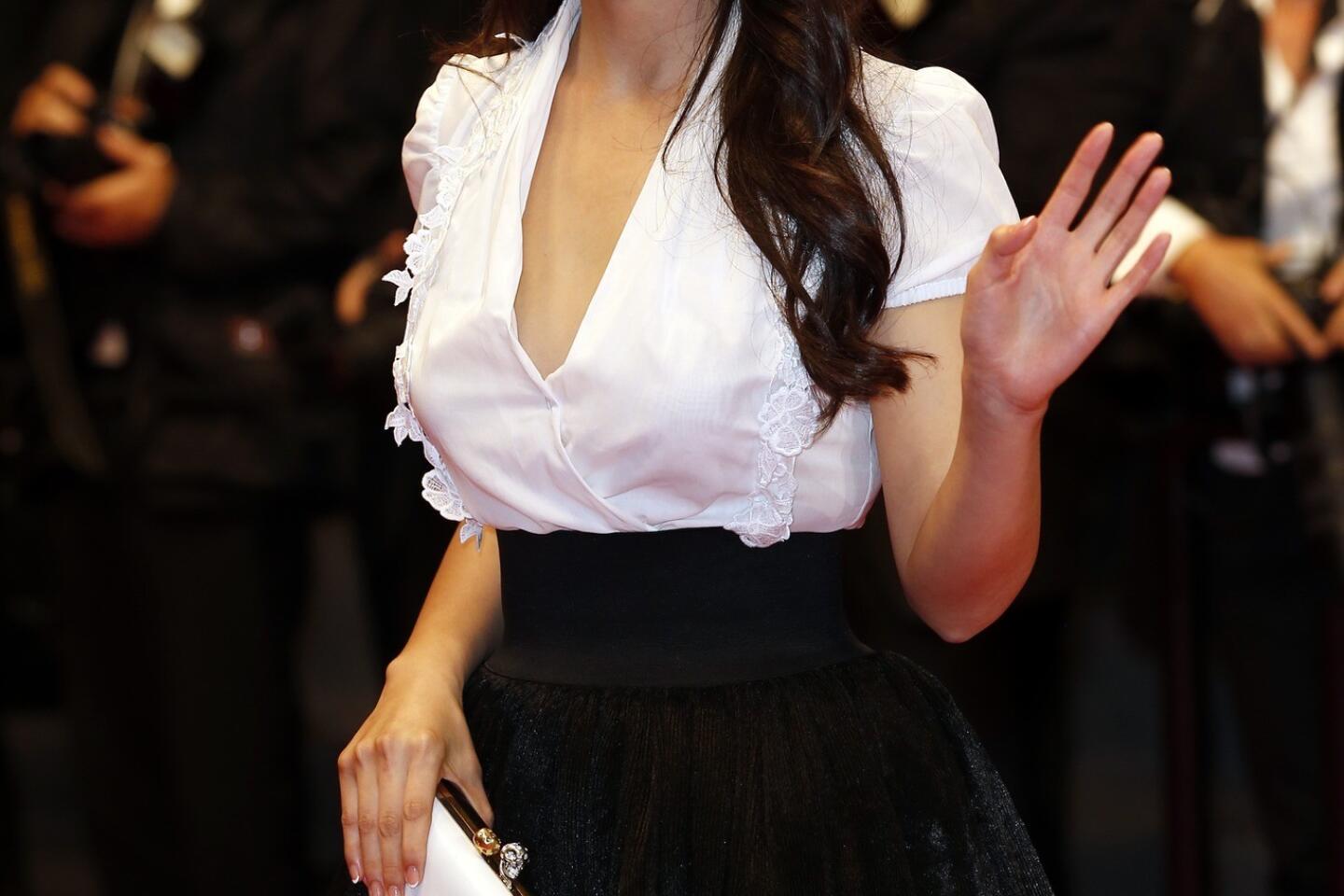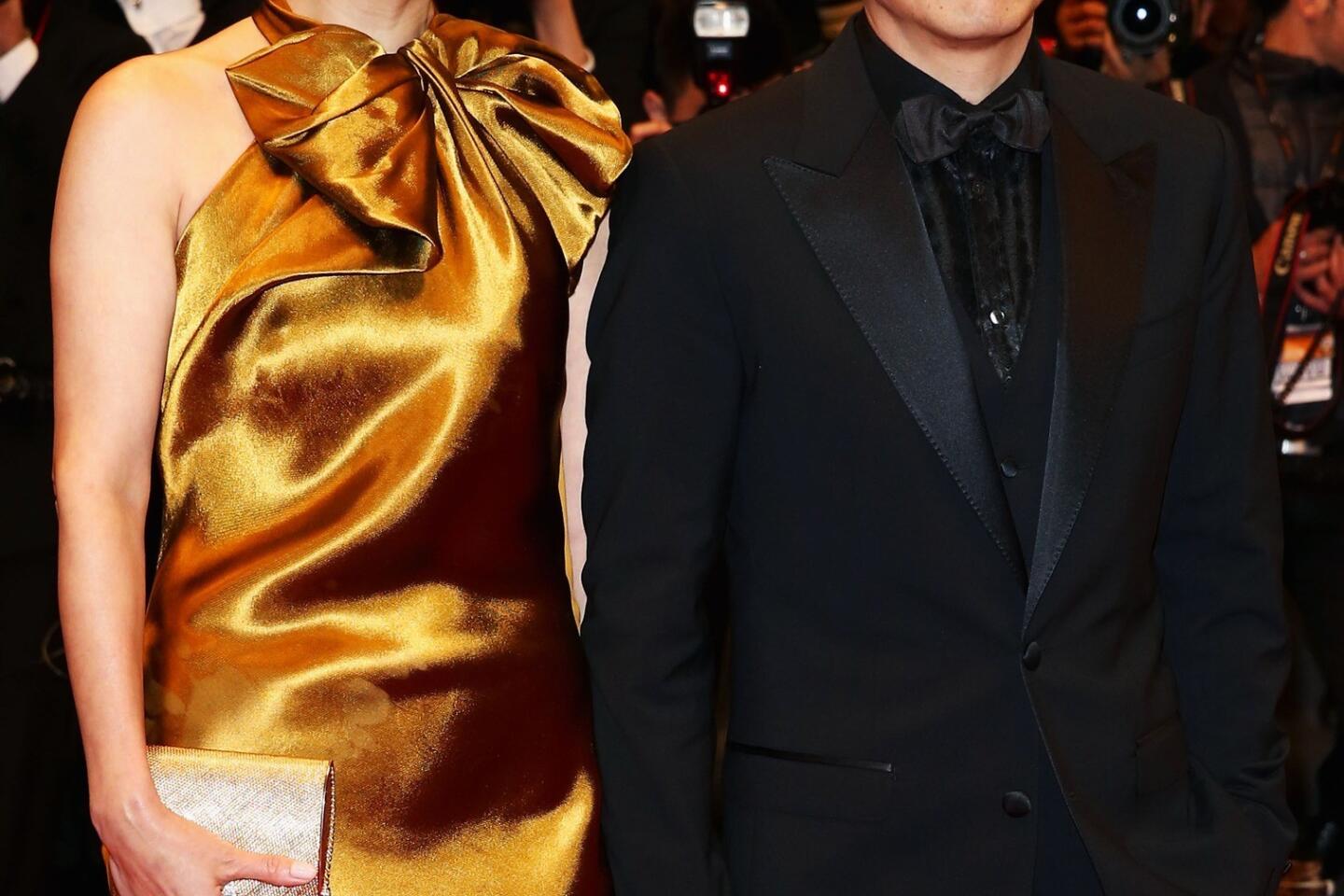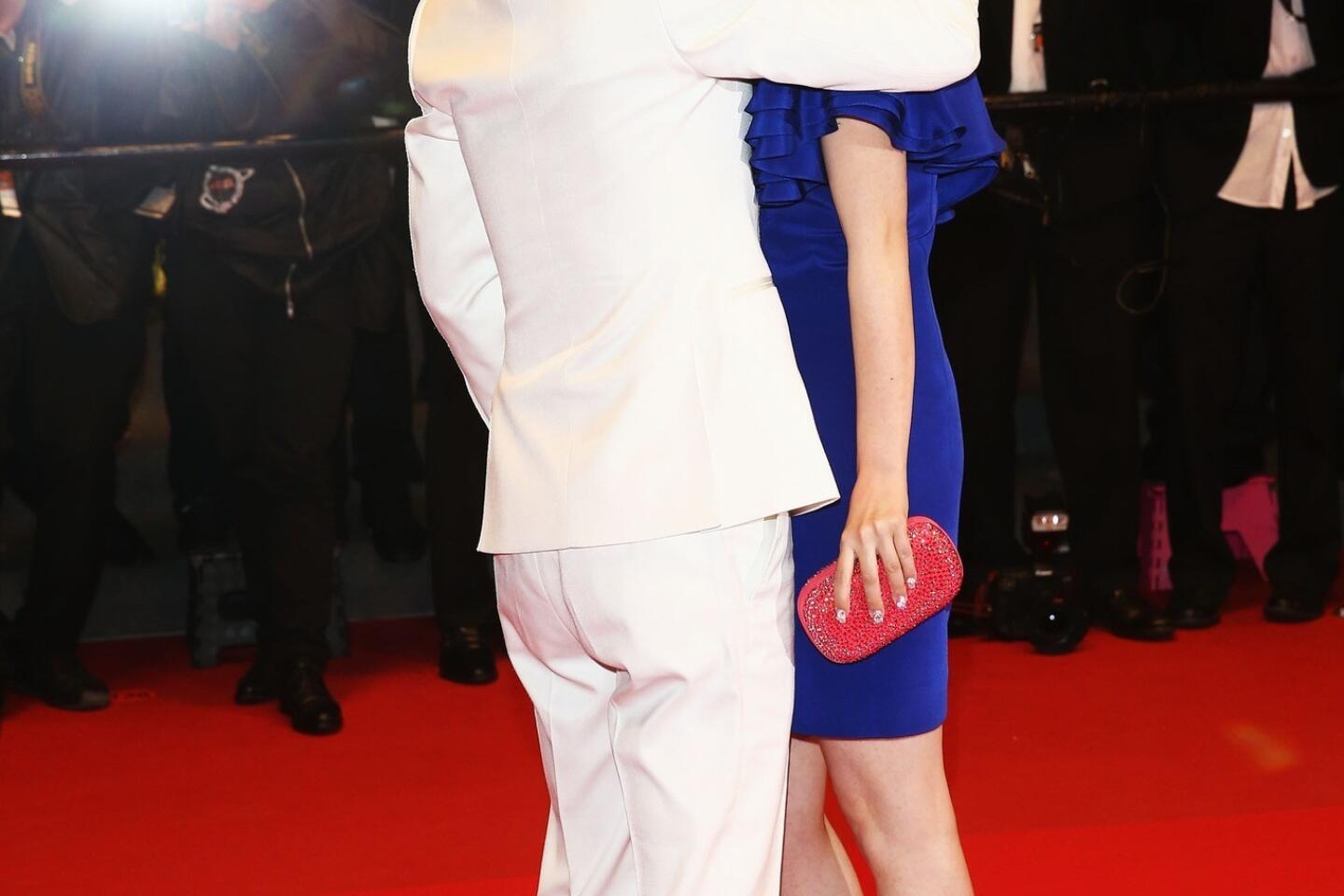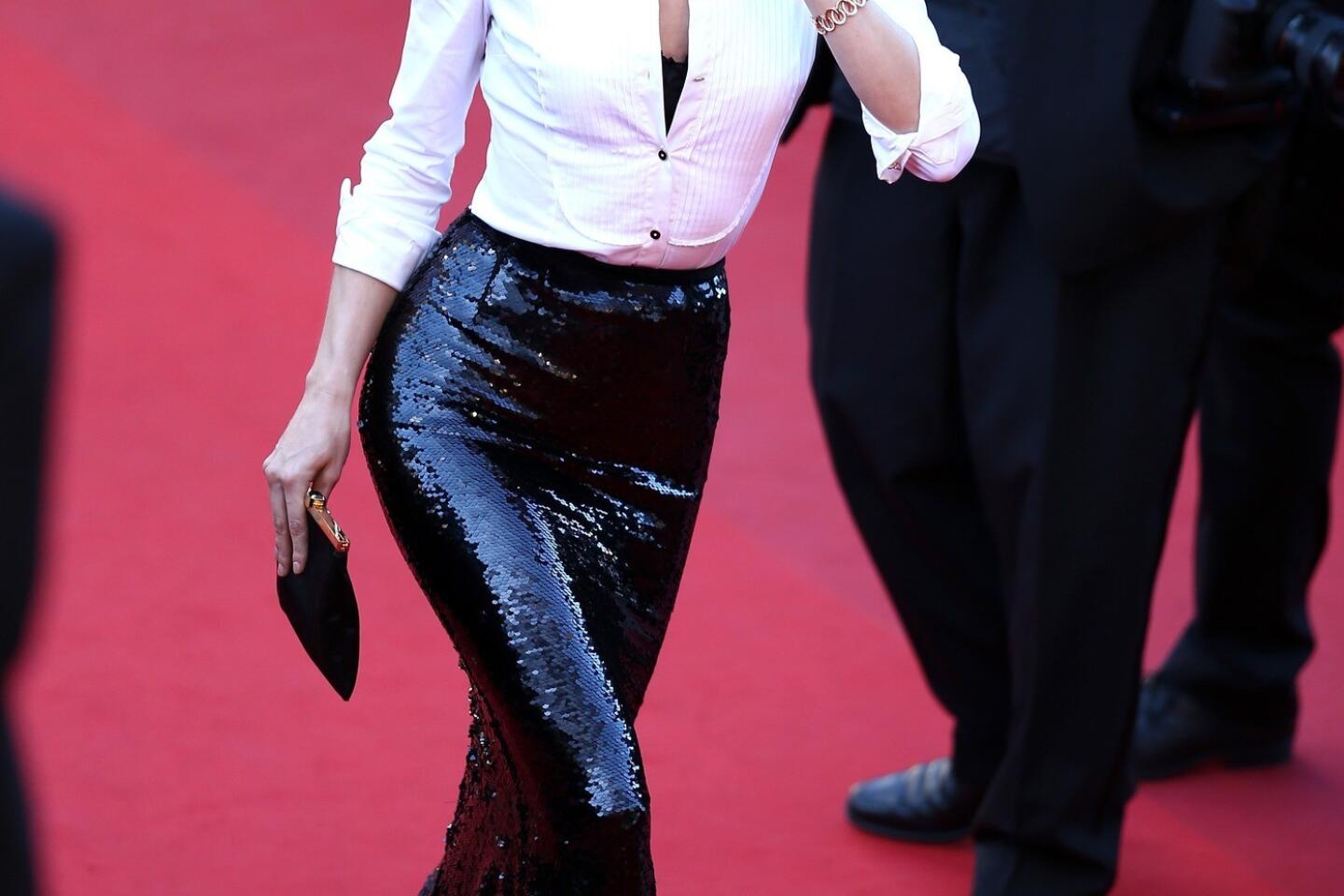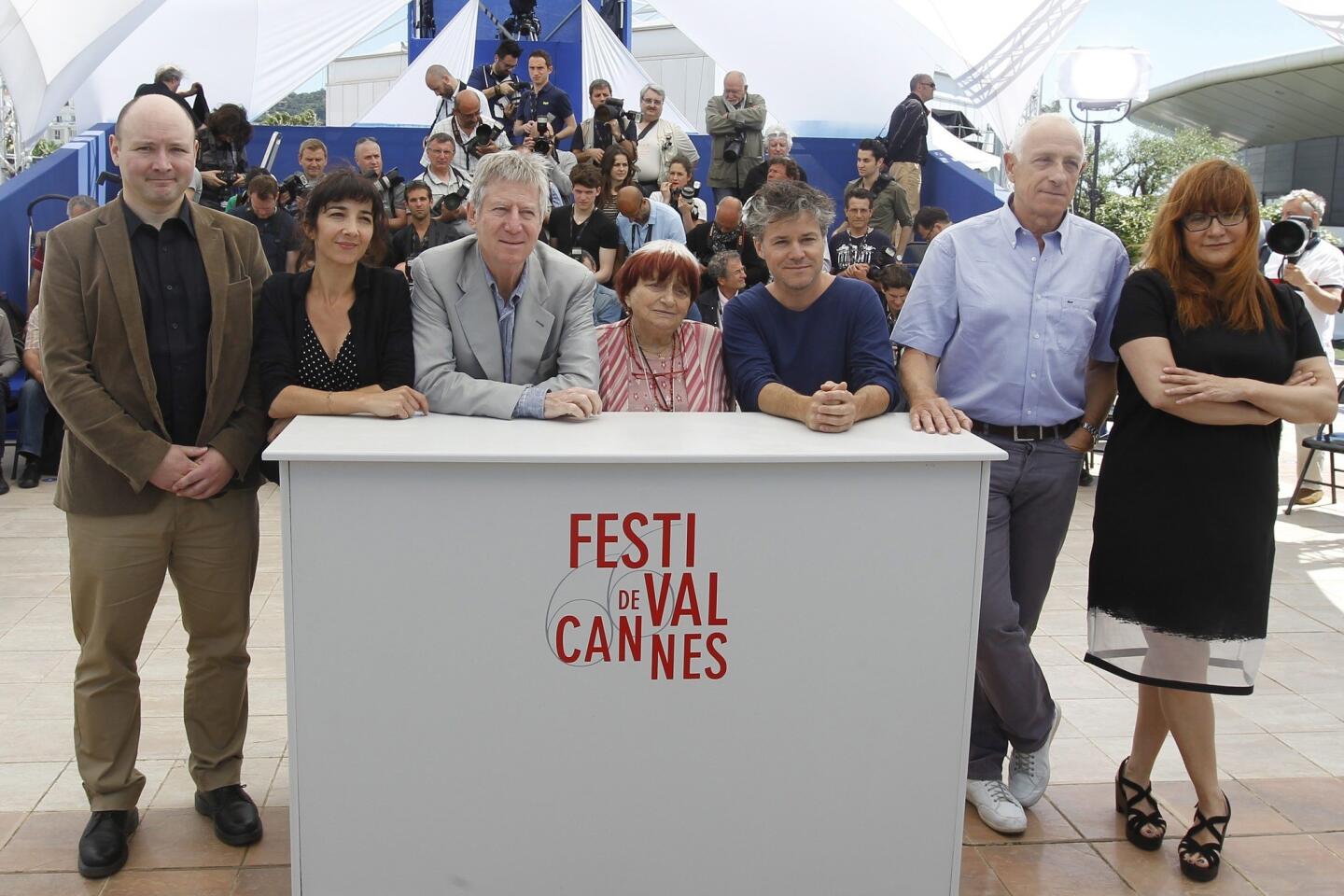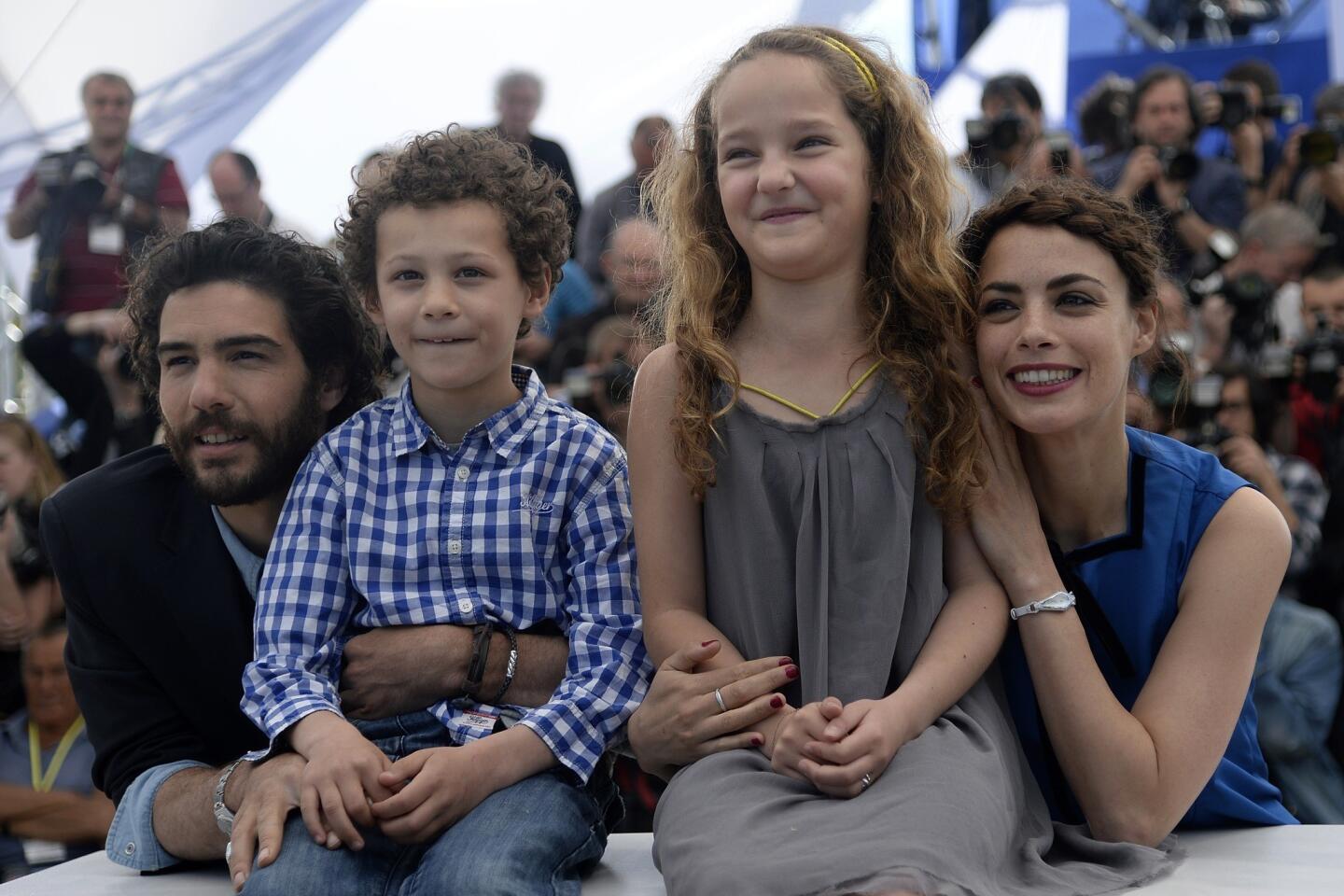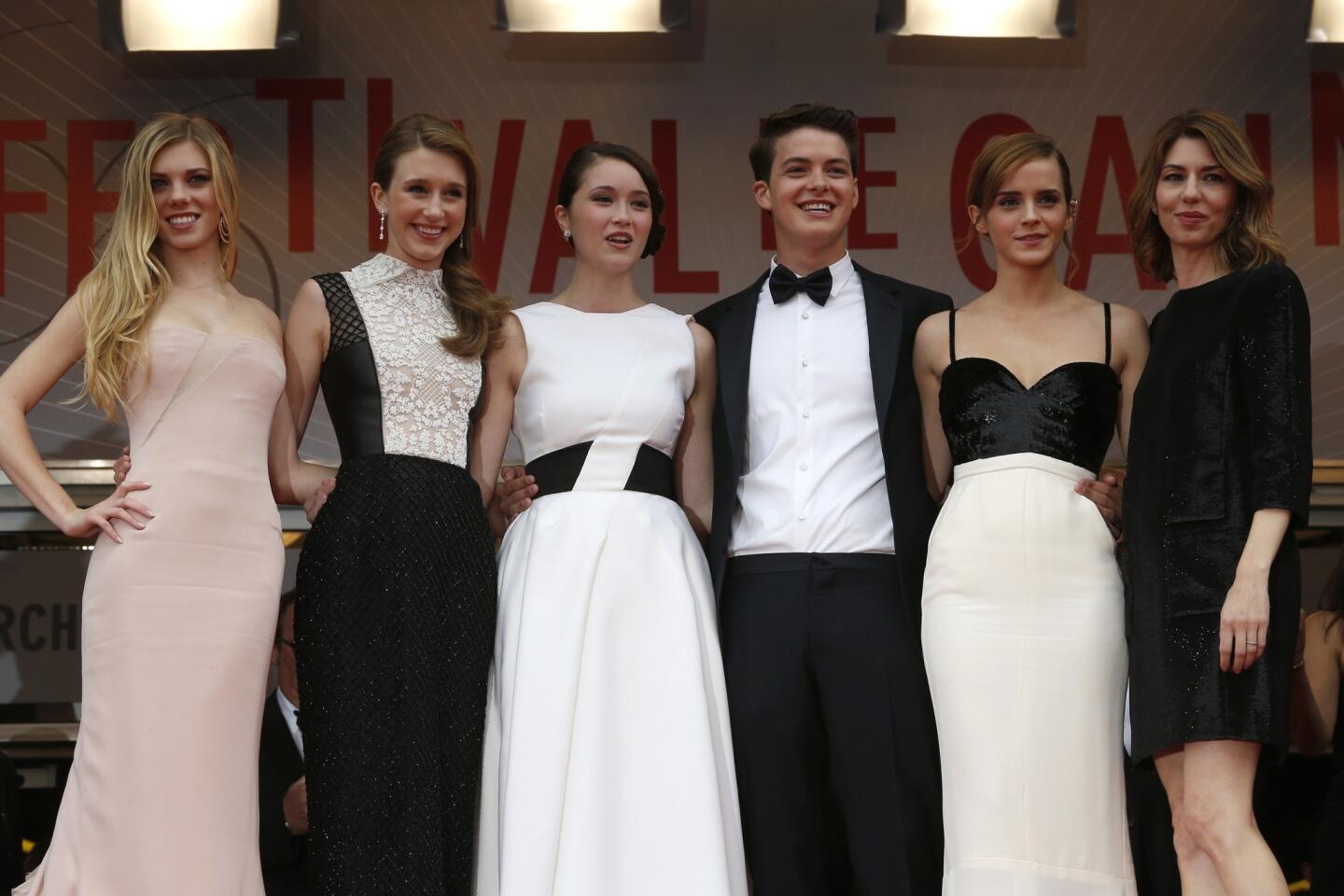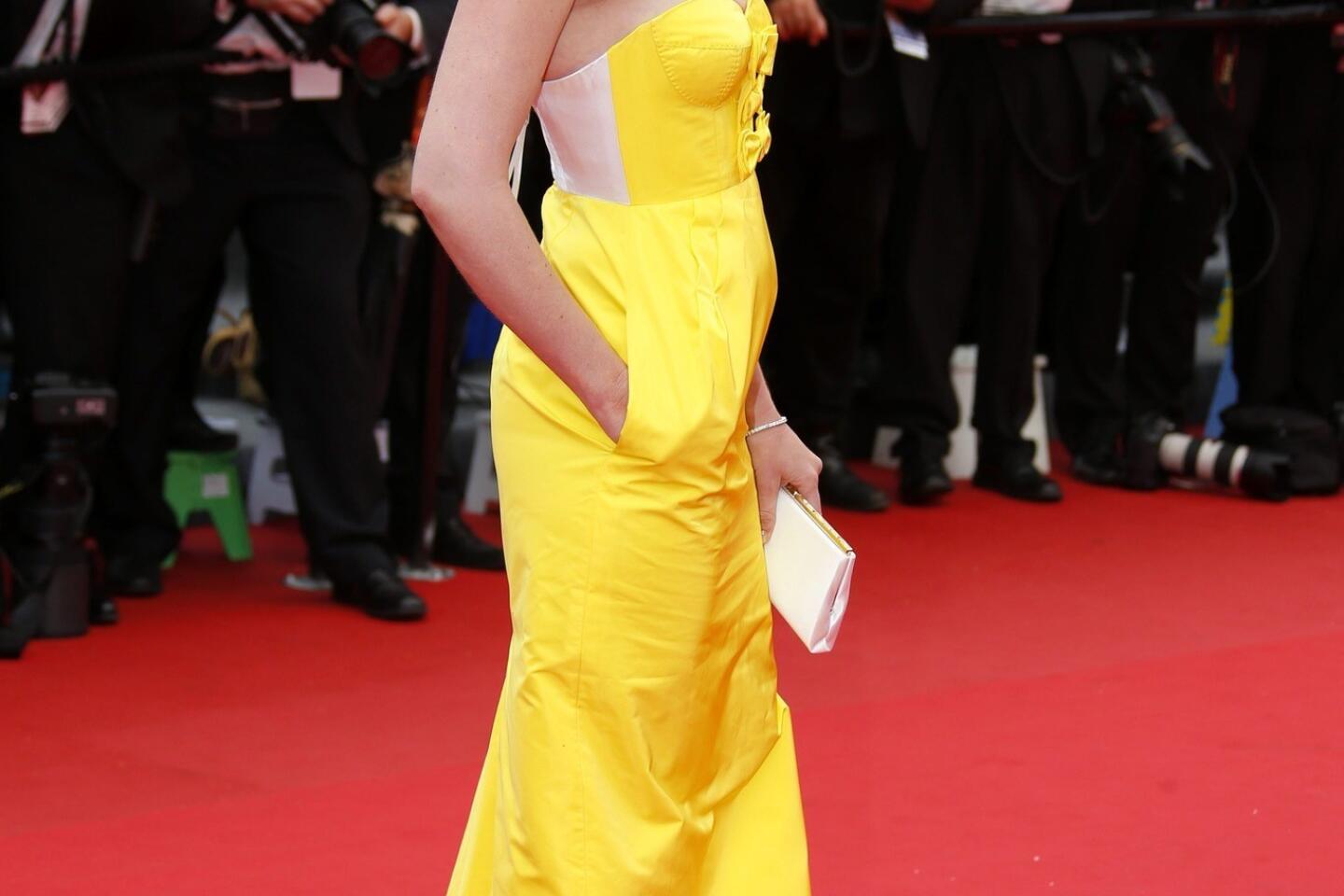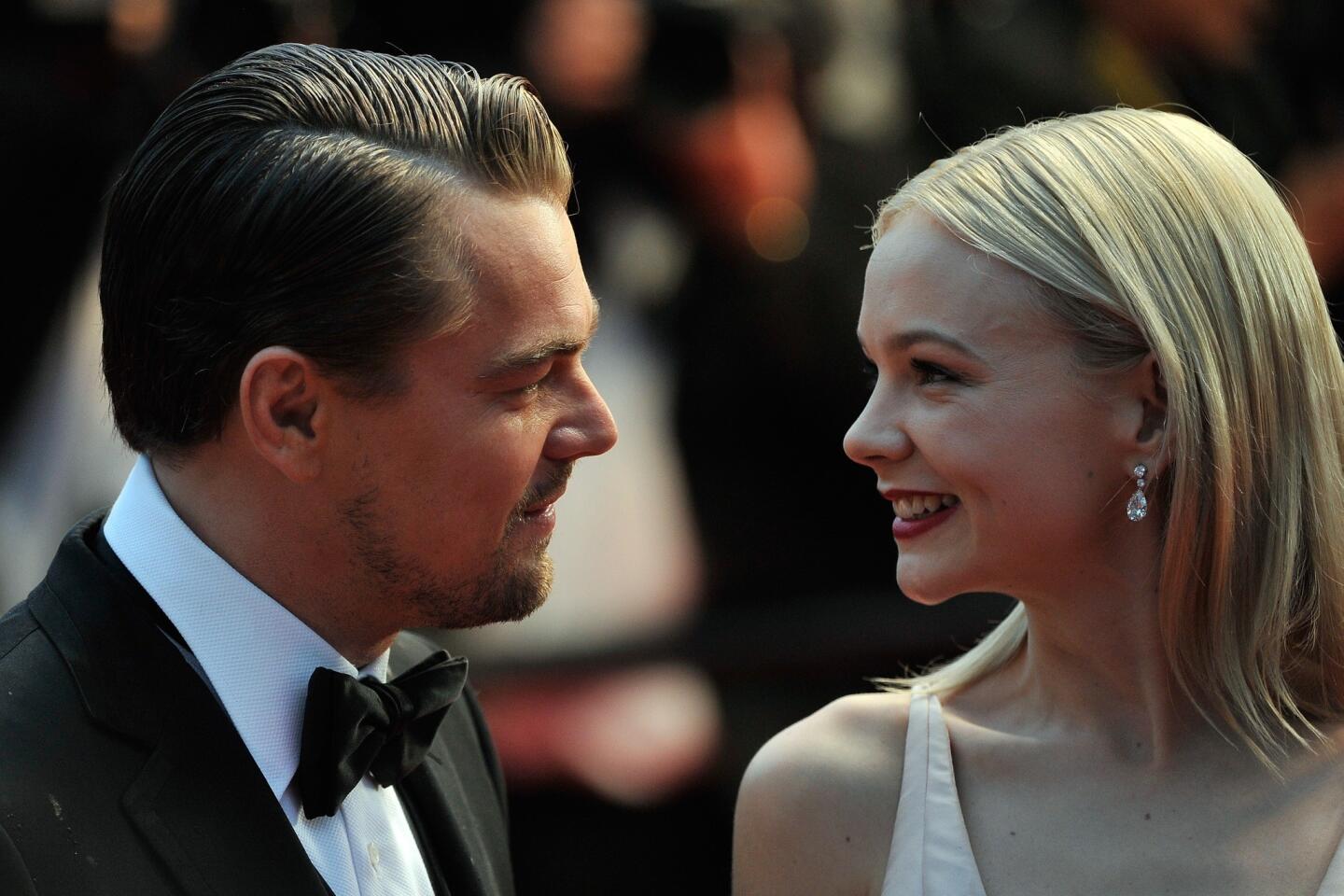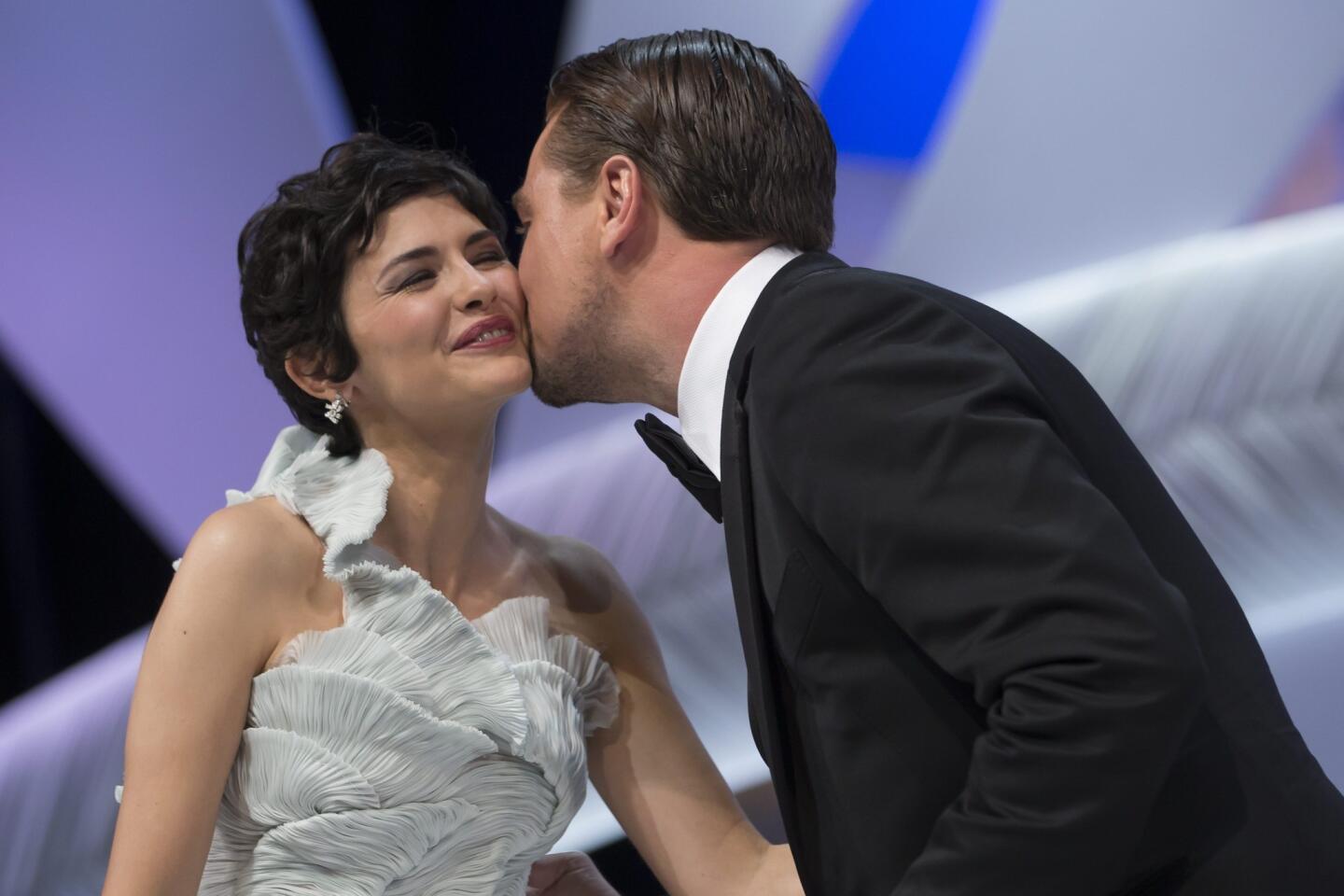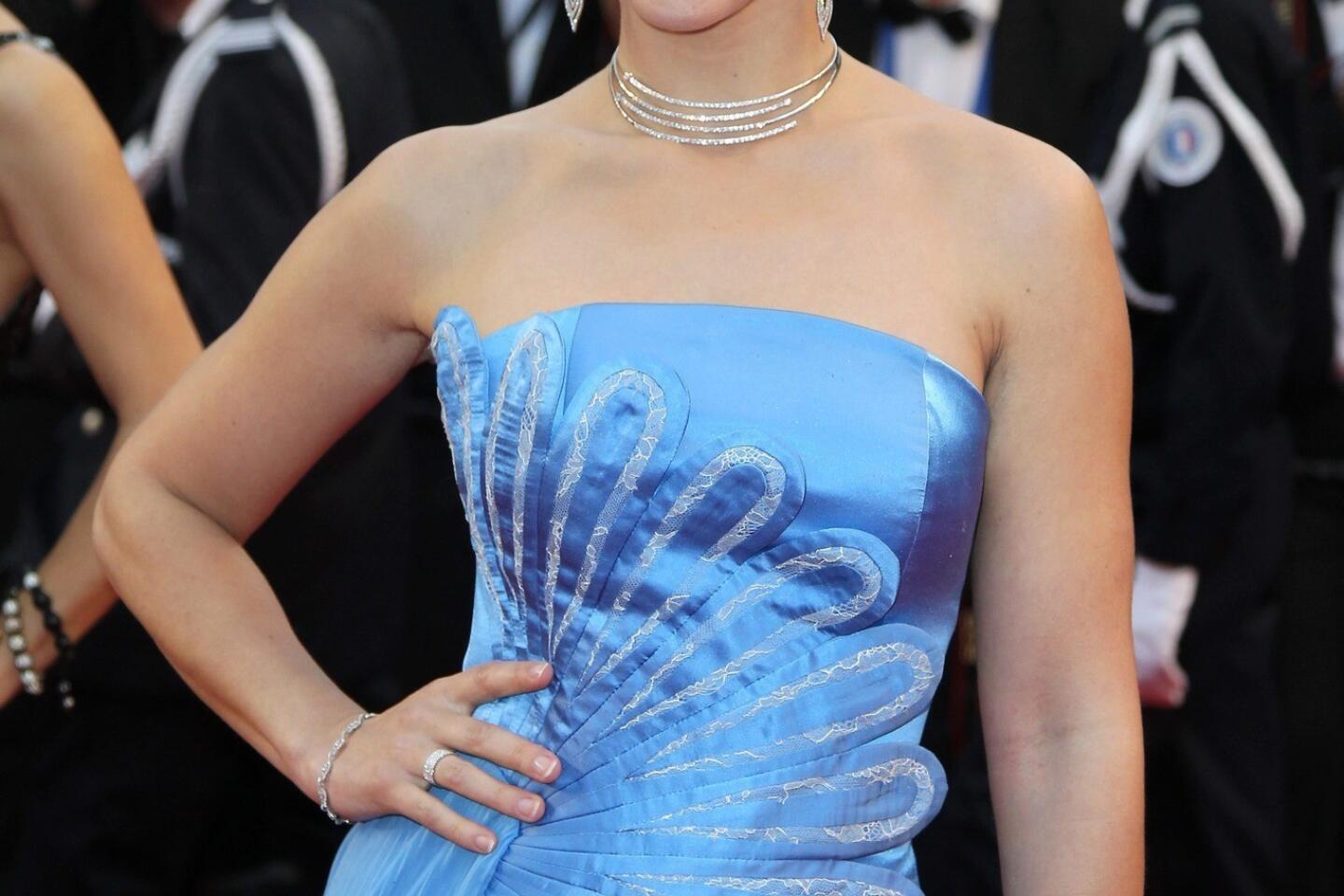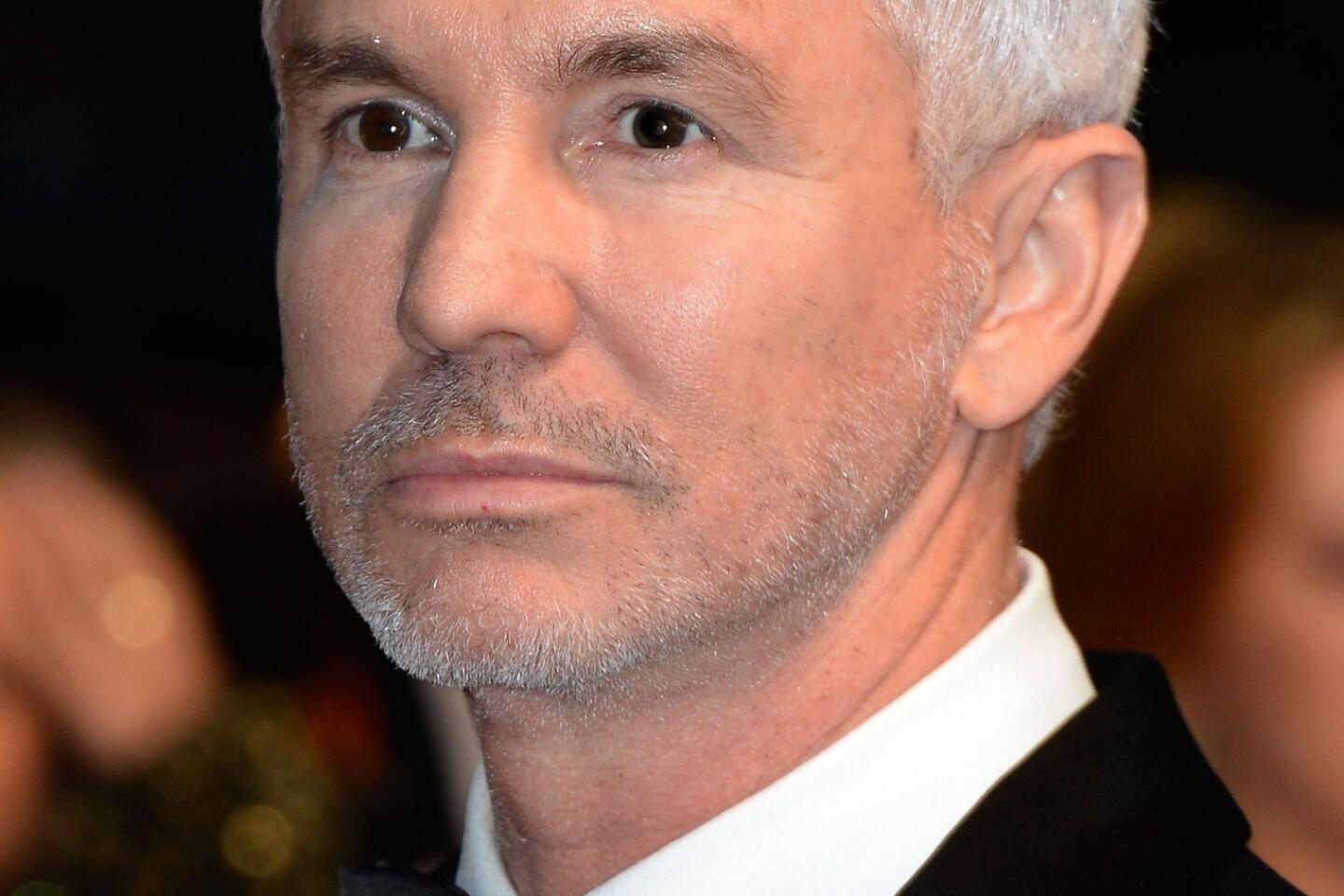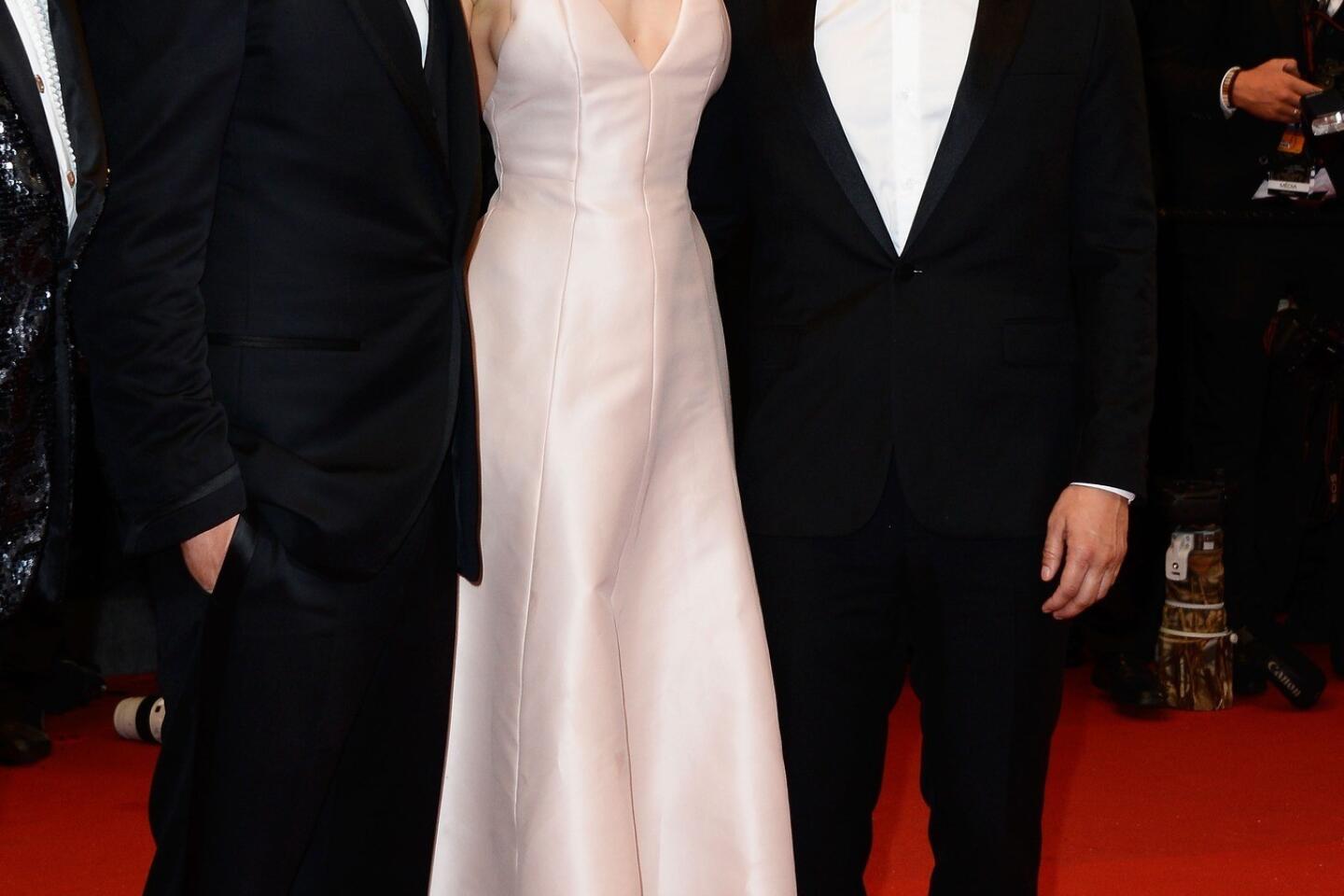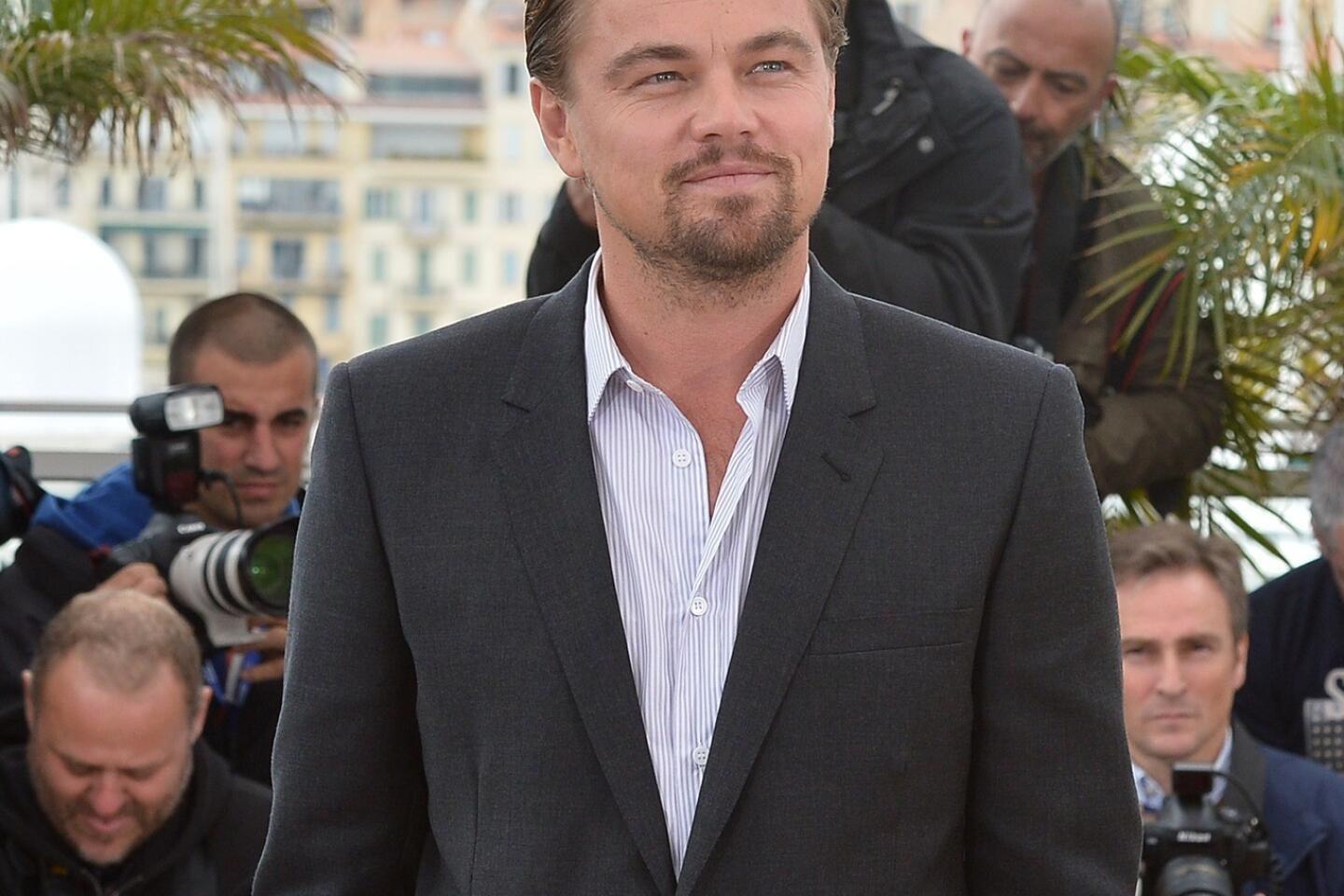James Gray brings a film to Cannes five years after divided reaction
- Share via
CANNES, France — For the better part of two decades, director James Gray has been making textured dramas about people, often immigrants and their children, who experience all manner of frustration and struggle.
It prepared him well for the events of the last five years.
Gray came to the Cannes Film Festival in 2008 with “Two Lovers,” an immigrant-themed love- triangle story starring Joaquin Phoenix, Vinessa Shaw and Gwyneth Paltrow. Though many would later regard it as a bravura piece of European-style melodrama, it was poorly received in the echo chamber of Cannes reviewers and even booed at some screenings. The film looked at a man who seemed under the influence of his mother (Isabella Rossellini), and some scoffed at for what they thought was dated Freudianism, among other things.
He tried to rebound by signing on for a studio adventure film called “The Lost City of Z” starring Brad Pitt, but after several years of working on it, the project fell apart.
PHOTOS: Cannes Film Festival 2013
And yet a half-decade later, Gray, 44, has come back to the terrain that started this spell of unease — back to Joaquin Phoenix, back to immigrants and back to Cannes, where this weekend he is premiering his first movie in five years, “The Immigrant.” Set in the shady world of 1920s vaudeville on New York’s Lower East Side — and offering the latest effort from a director who has, uncommonly, carved a career on his own terms — its very existence is testament to a kind of artistic fortitude.
“I’m not sure I would call it fortitude. Maybe foolhardiness?” he said with characteristic gallows humor when the notion was suggested to him.
The director was sitting at a restaurant at one of the city’s glitziest hotels in the circus that is Cannes as evening descends. Across the street, a band was performing as part of a live French TV show, and two tables over Alec Baldwin had just told his dining companions that a waiter was far too young to override his choice of sparkling water.
But for all the bling, this is also a place where a serious filmmaker like Gray, whose movies have always played well on this side of the Atlantic, is an A-lister. On the walk back to his hotel he’ll be stopped by a middle-aged French fan and asked for a photo. (He obliges, reluctantly.) One of his agents the night before was marveling at the experience of attending a French club with the director. “James Gray is a rock star here.”
CHEAT SHEET: Cannes Film Festival 2013
Gray drops a new track with “Immigrant,” which will open in U.S. theaters courtesy of the Weinstein Co. this fall and offers surprisingly topical overtones.
In it, Phoenix stars as American Bruno Weiss, a flawed and manipulative vaudeville show operator who doubles as a pimp. His newest charge is Polish Catholic immigrant Eva (French actress Marion Cotillard, speaking a surprising amount of Polish), newly arrived at Ellis Island with her sister. As her sister is quarantined for tuberculosis, Bruno preys on Eva, taking her in as part of his troupe of performer-prostitutes. She resists at first but needs money to bail out her sibling. Jeremy Renner costars as Bruno’s cousin and rival Emile, a Chaplinesque performer who takes a shine to Eva, and who is the drifter to Bruno’s businessman.
Despite’s Bruno’s odiousness, the film walks the line of much of Gray’s previous work: It shows characters in all their flawed messiness but neither condemns nor pities them. “The point of the movie is that no one is beyond redemption,” Gray said. “A lot of people say art should be about showing something darker. But I believe it should also be about extending our sympathy.”
In movies such as “Two Lovers” (inspired by a Dostoevsky story) and “Little Odessa,” a crime saga set in Brooklyn, Gray has often dealt with the harshness of immigrant life and the tension between tradition and opportunity, as generations clash over the best way to take up new lives. “The Immigrant” is an origin story to all of his work, showing the touchstone American event for many of the characters we’ve come to know.
Gray shot the slow-burn drama around New York, including on Ellis Island and on a Bronx street that doubles for the narrow sidewalks of the Lower East Side. (“The streets there are all boutiques now,” he said.)
And though it’s hardly political in a literal sense, Eva’s resolve, burnished by her sensitivity, makes an implicit pro-immigrant case.
“The immigration debate was a lot of what I was thinking about when I was writing this movie,” Gray said. “What so many on the right say about Latino immigrants was what people said about the Jews, the Italians, the Irish. And they helped make this country great. People say we can’t have an open-door policy.” He paused. “Why not? Look at France. They don’t embrace immigrants, and they don’t have the same dynamism as a result.”
Raised in New York, Gray has lived in Los Angeles since the 1990s (he currently resides in Hancock Park with his wife and children and is semi-famous in entertainment circles for raucous weekly dinners he cooks for feisty guests like Thomas Haden Church and Robert Duvall). He described the period between “Two Lovers” and this film as more than just creatively vacant.
“People assume movie directors are rich, but I was in trouble financially. If I didn’t get this movie made, I would have been in trouble,” he said.
The economic necessity sparked something in him. As “Z” was starting to crumble in 2010, he began writing, drawing on a Russian émigré grandfather who spoke little English and pined for the old country (“I didn’t like him very much, to be honest”) and a story from a great aunt about a neighborhood vaudeville performer who capitalized on but also took care of young immigrant women.
He was happy to be back in this realm, though he admits he had been frustrated by Phoenix, with whom he’s worked on four of his five films. In 2009, Phoenix famously appeared in character as a spaced-out rapper for an interview with David Letterman. The actor was ostensibly there to promote “Two Lovers” but barely talked about the movie.
When Phoenix called Gray — who with his family had for a time temporarily lived in Phoenix’s house — and told him it had all been a gag, Gray was initially upset. “But who else was I going to hire on this? He’s the best.”
Critics may think so too, with Phoenix given a showstopping moment in the new film’s climactic scene that’s the stuff Oscar campaigns are made of. “I know, shameless, right?” Gray said, a twinkle in his eye.
Like Phoenix, the director was a wunderkind of sorts, making 1995’s “Little Odessa” when he was in college. The movie won critical plaudits, but making it had its humbling moments.
“I was walking around in college in the early 1990s like I was the greatest thing since sliced bread,” he said. “I mean, 23 years old and working with Vanessa Redgrave and Edward Furlong and Tim Roth? And you know when it ended? March 9, 1994. Matt Reeves [the director, a good friend of Gray’s] came with me, and we walked to the Raleigh screening room to watch an assembly of ‘Little Odessa.’ I thought, ‘The masterpiece has now arrived.’ It was the worst movie ever. It made no sense. My confidence was destroyed.”
On the eve of his new premiere, Gray says he’s even more on edge, partly as the result of “Two Lovers” at Cannes, which was painful. “I mean, they booed me,” he said, still sounding wounded. “This was a film made for all the right reasons, and they booed me.” He came back the next year, but from a safe distance — on the competition jury.
Still, he persisted with an unusual career: five directorial efforts, all done on his own terms. This film was financed independently with the help of his agency, CAA. “I grew up in a semi-attached row house in Queens. My father said, ‘You’ll never be able to make it as a director.’ He said, ‘Forget it; go into computers.’ The boos are the cost of being lucky. But they’re still hard to hear.”
More to Read
Only good movies
Get the Indie Focus newsletter, Mark Olsen's weekly guide to the world of cinema.
You may occasionally receive promotional content from the Los Angeles Times.
